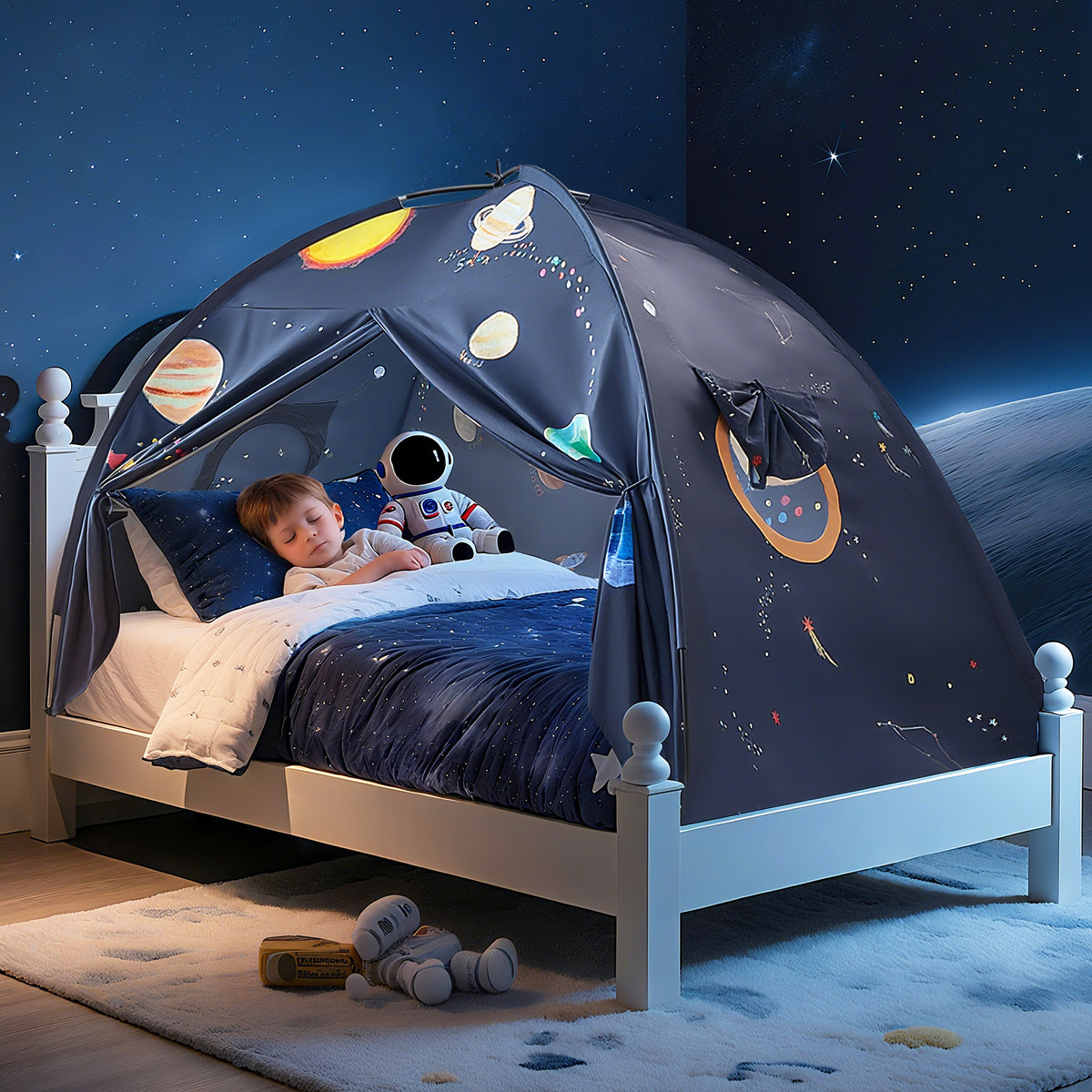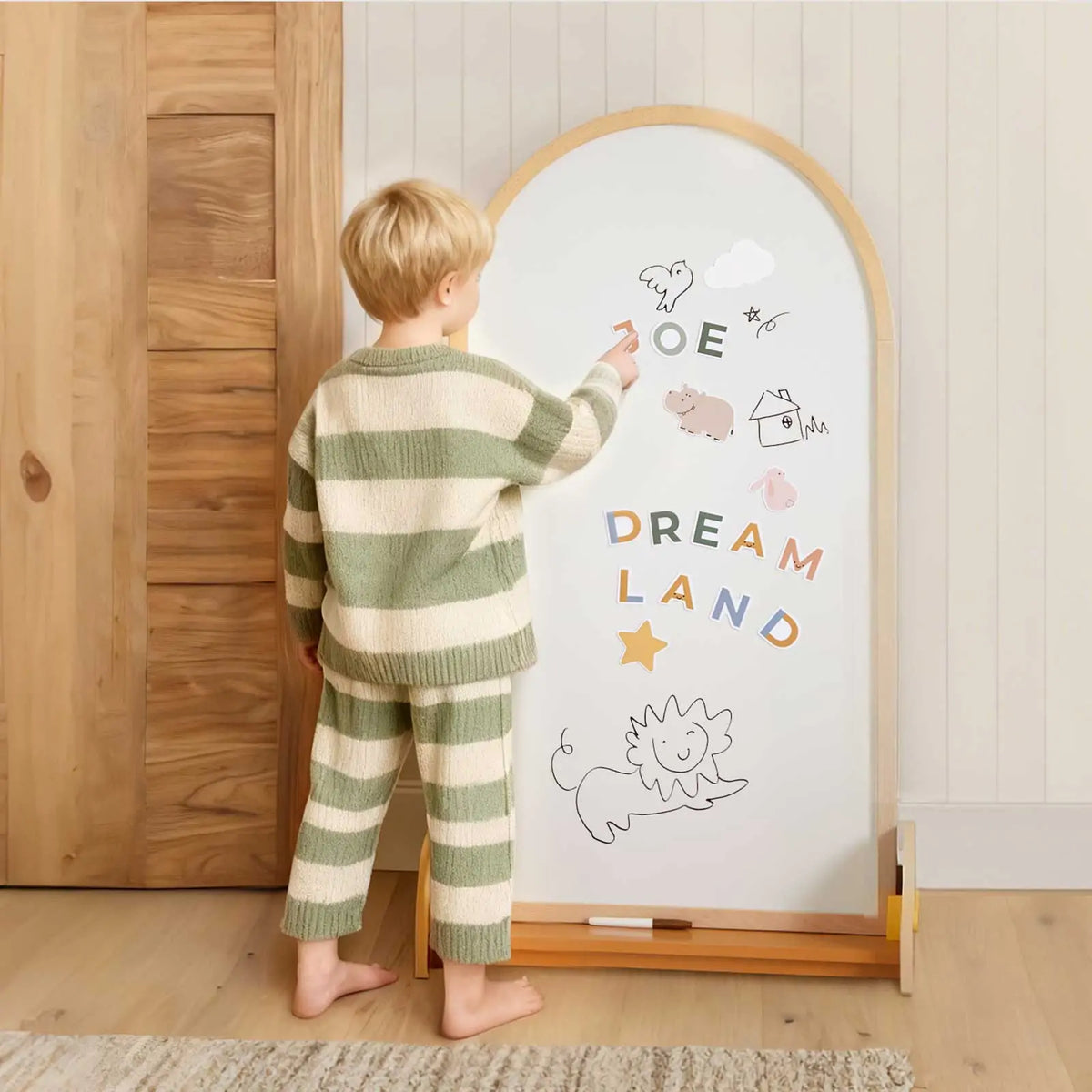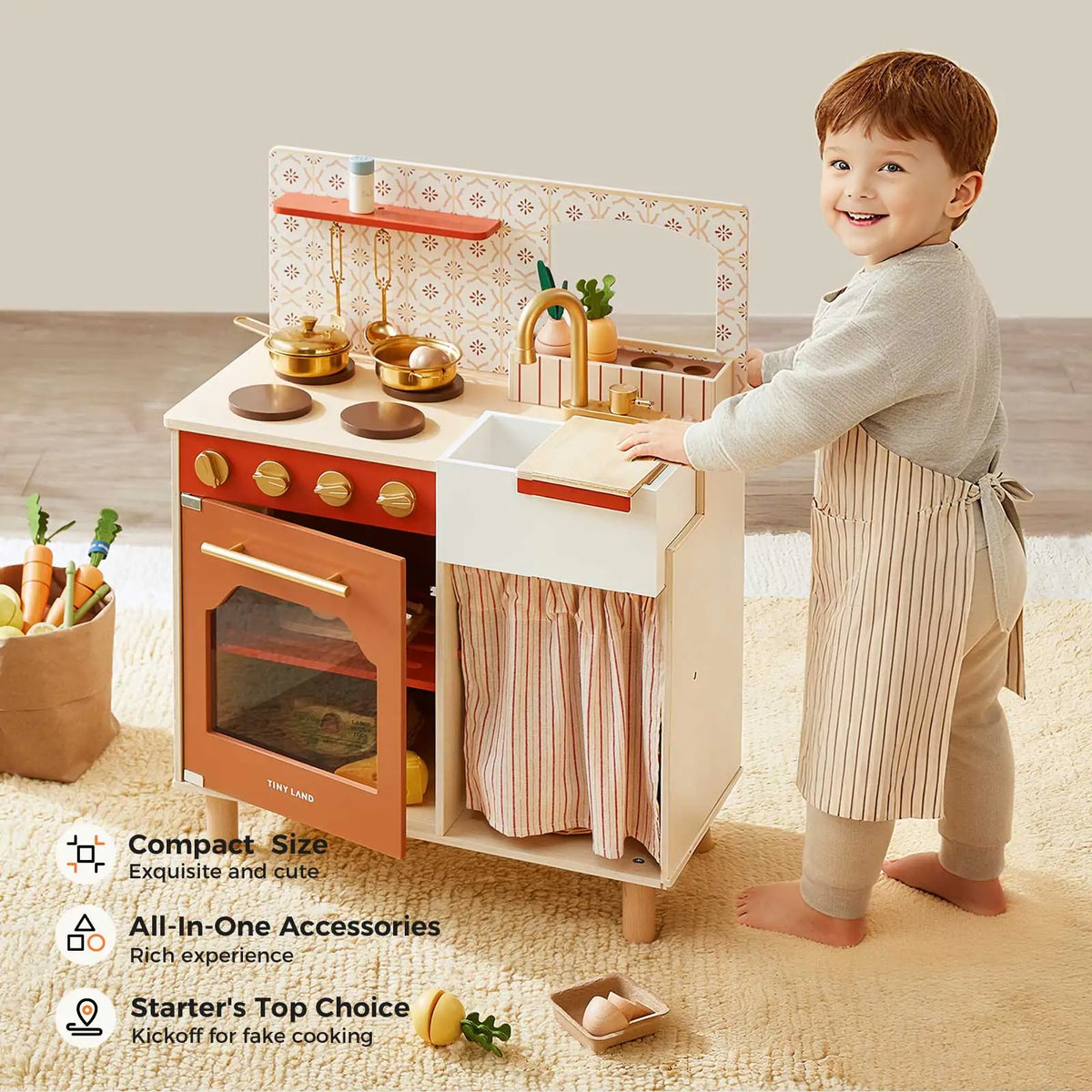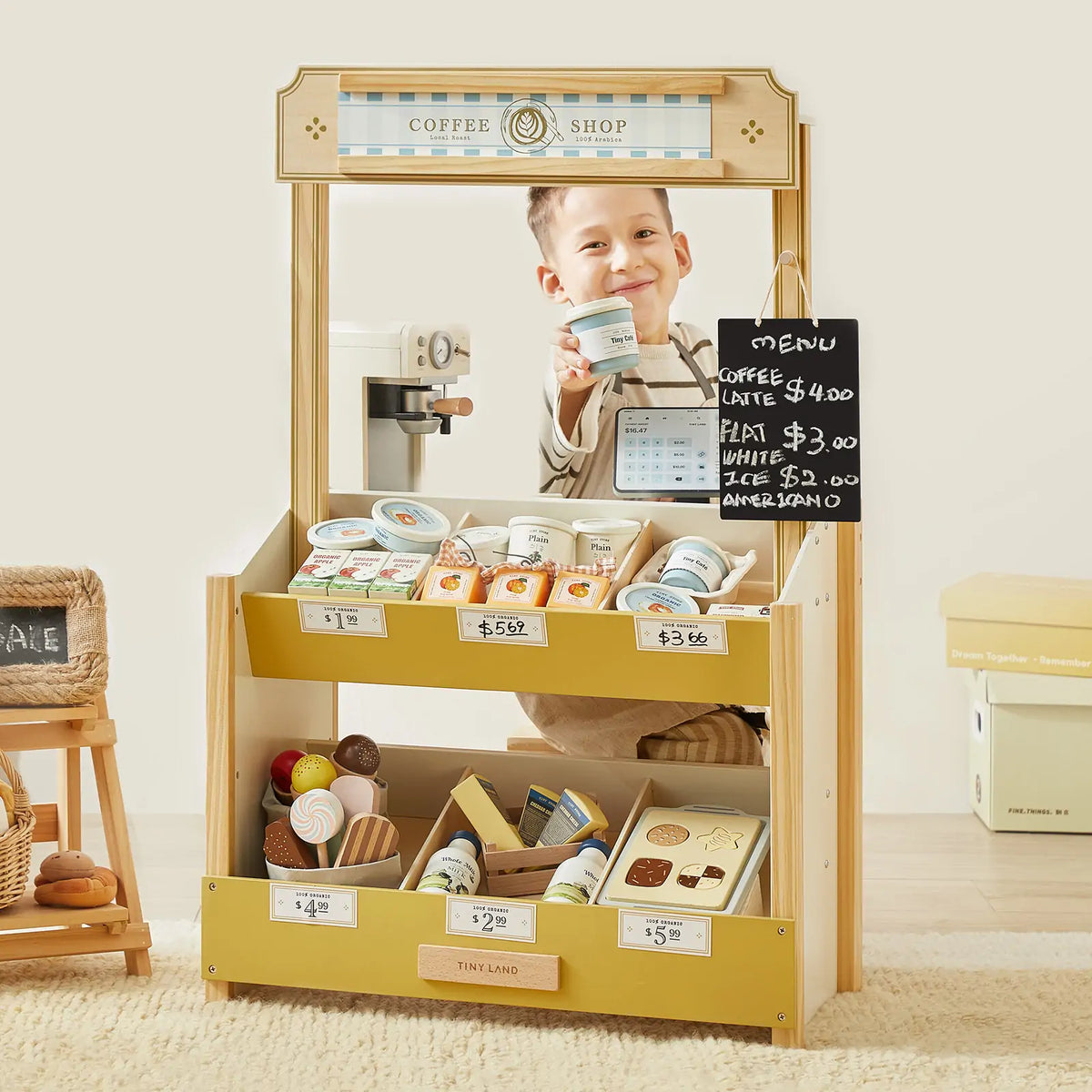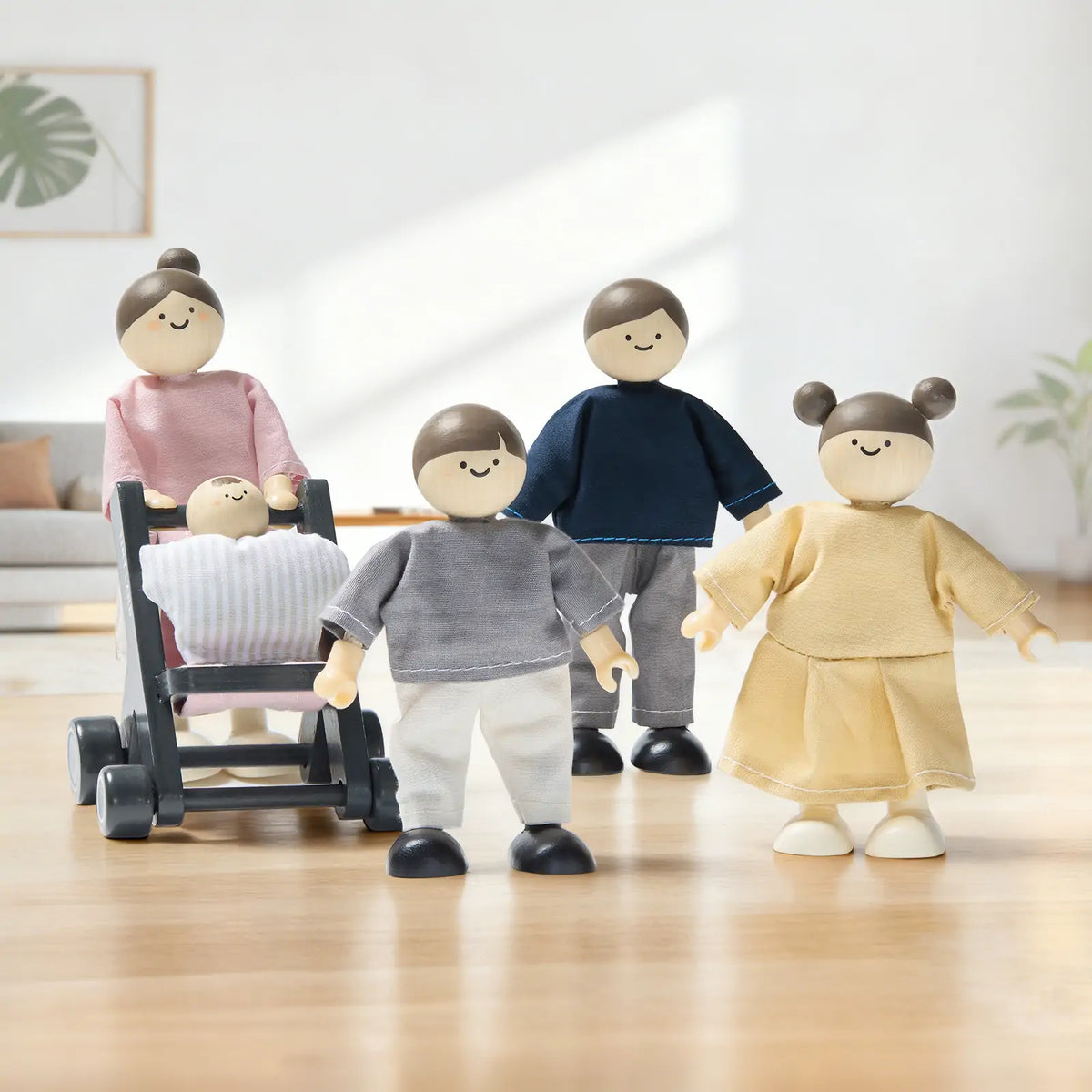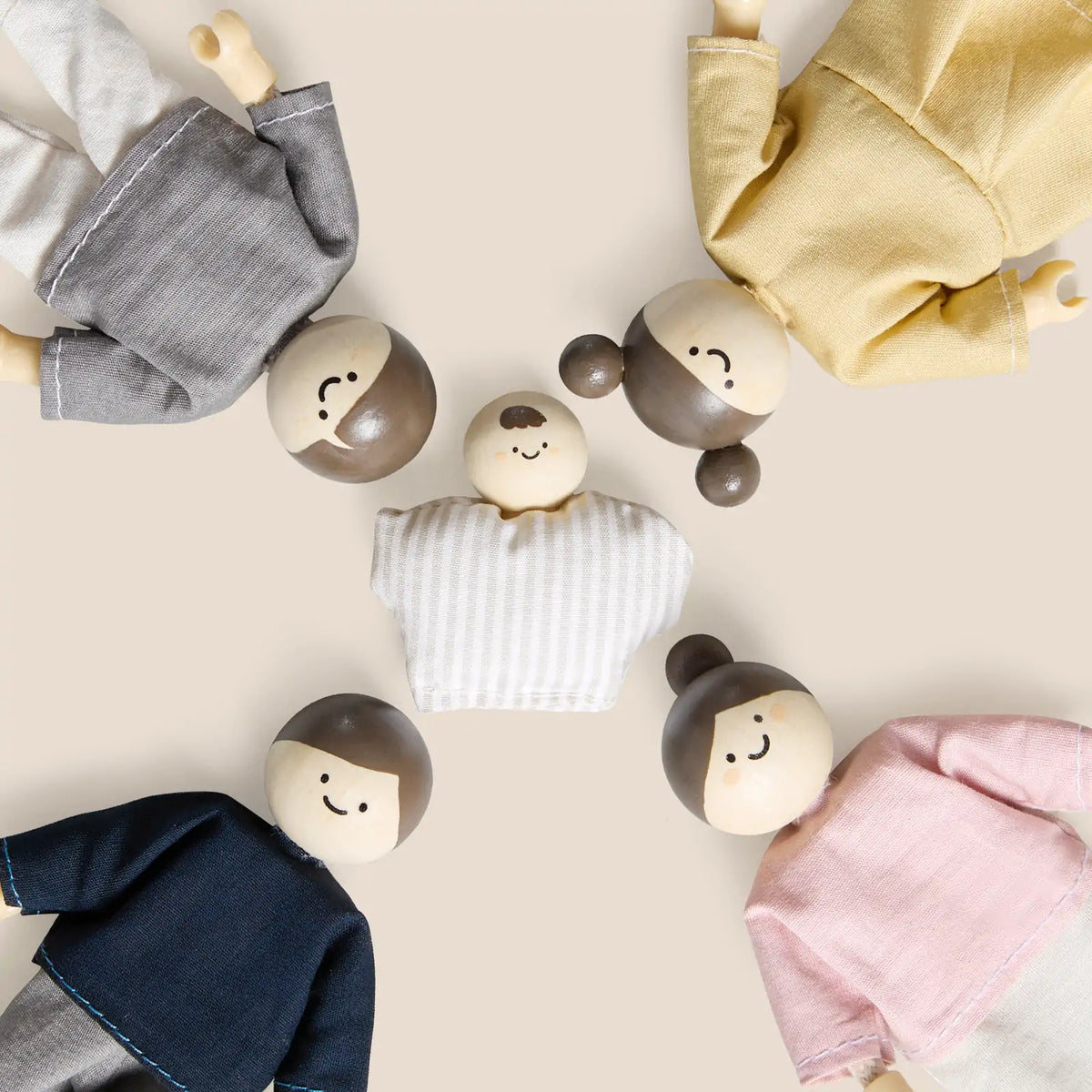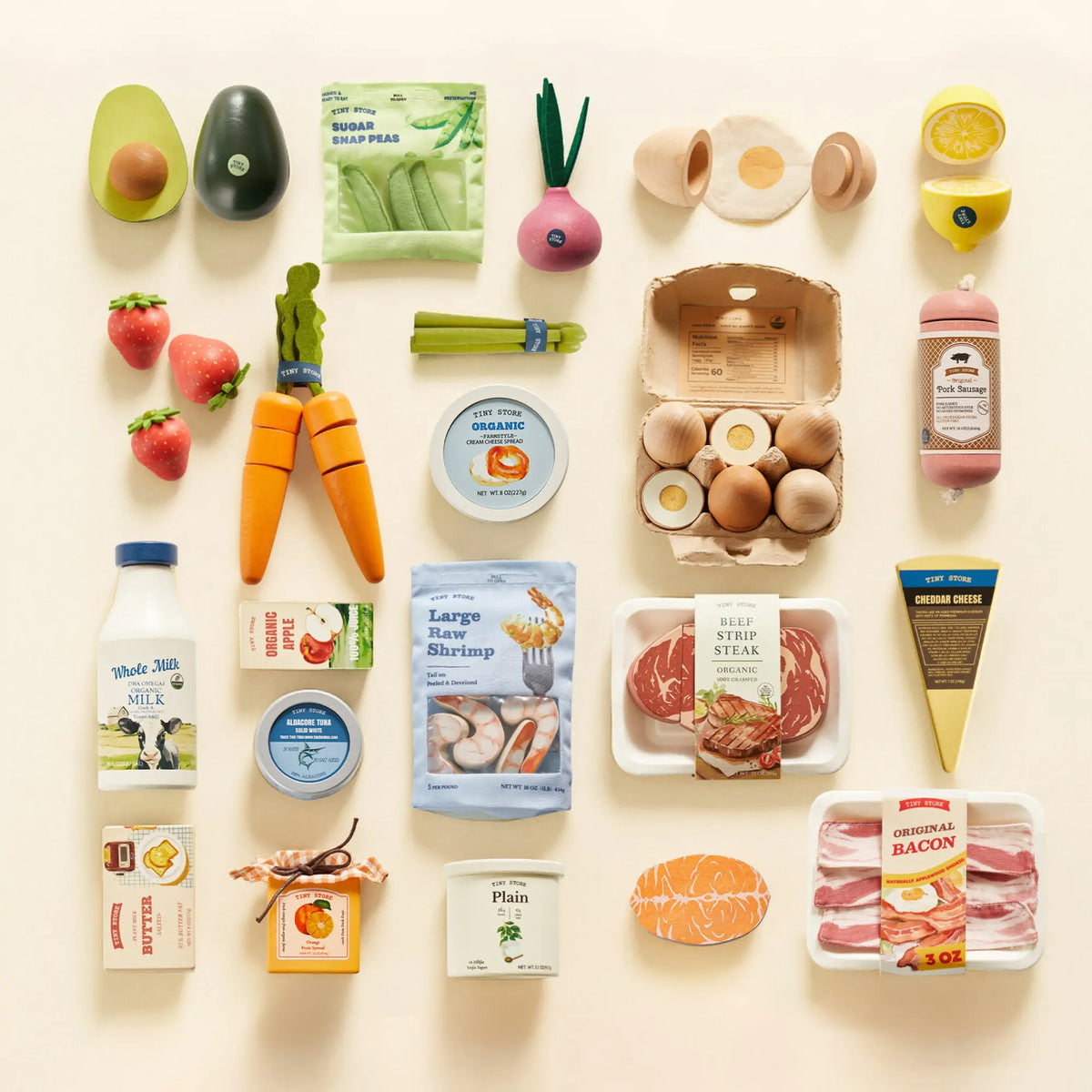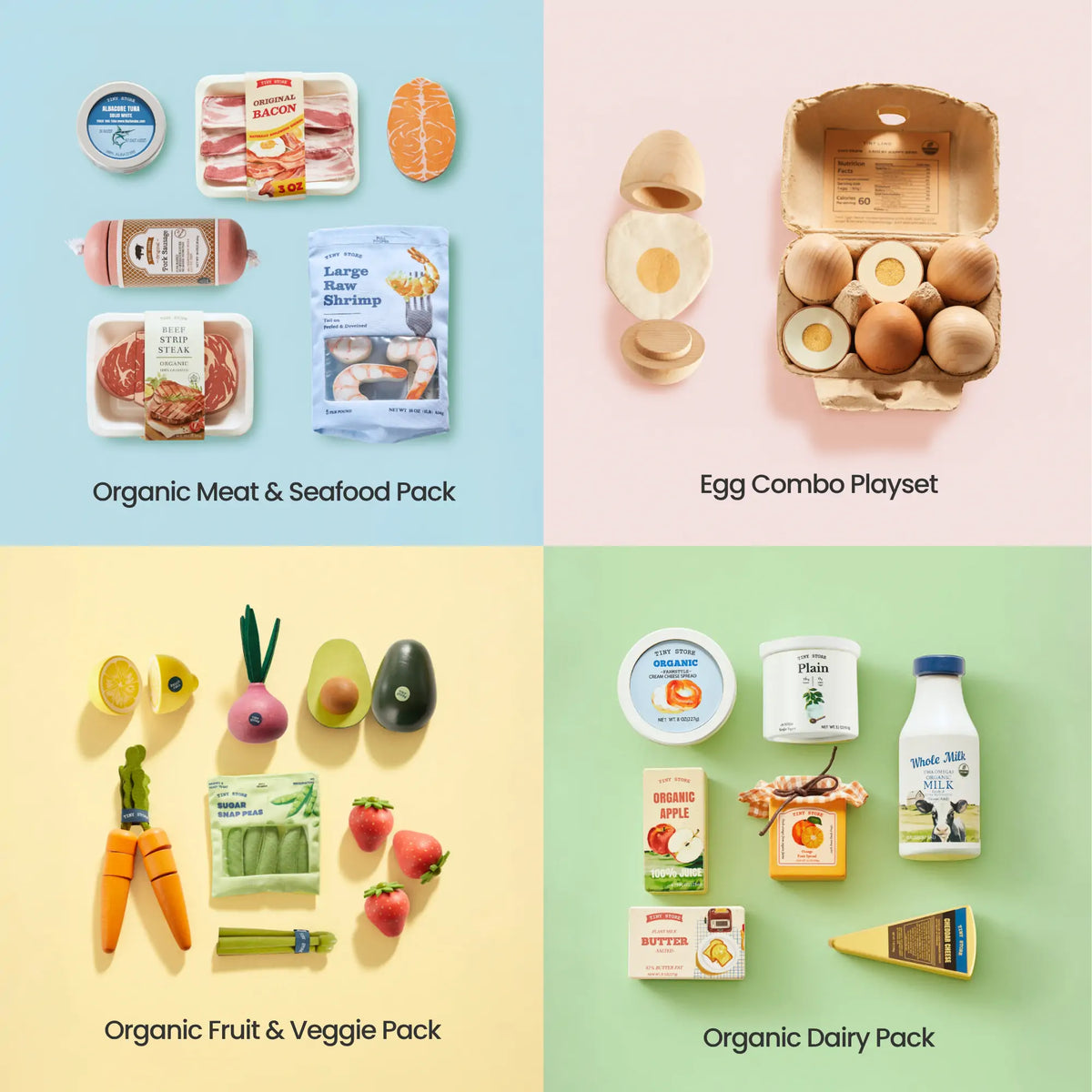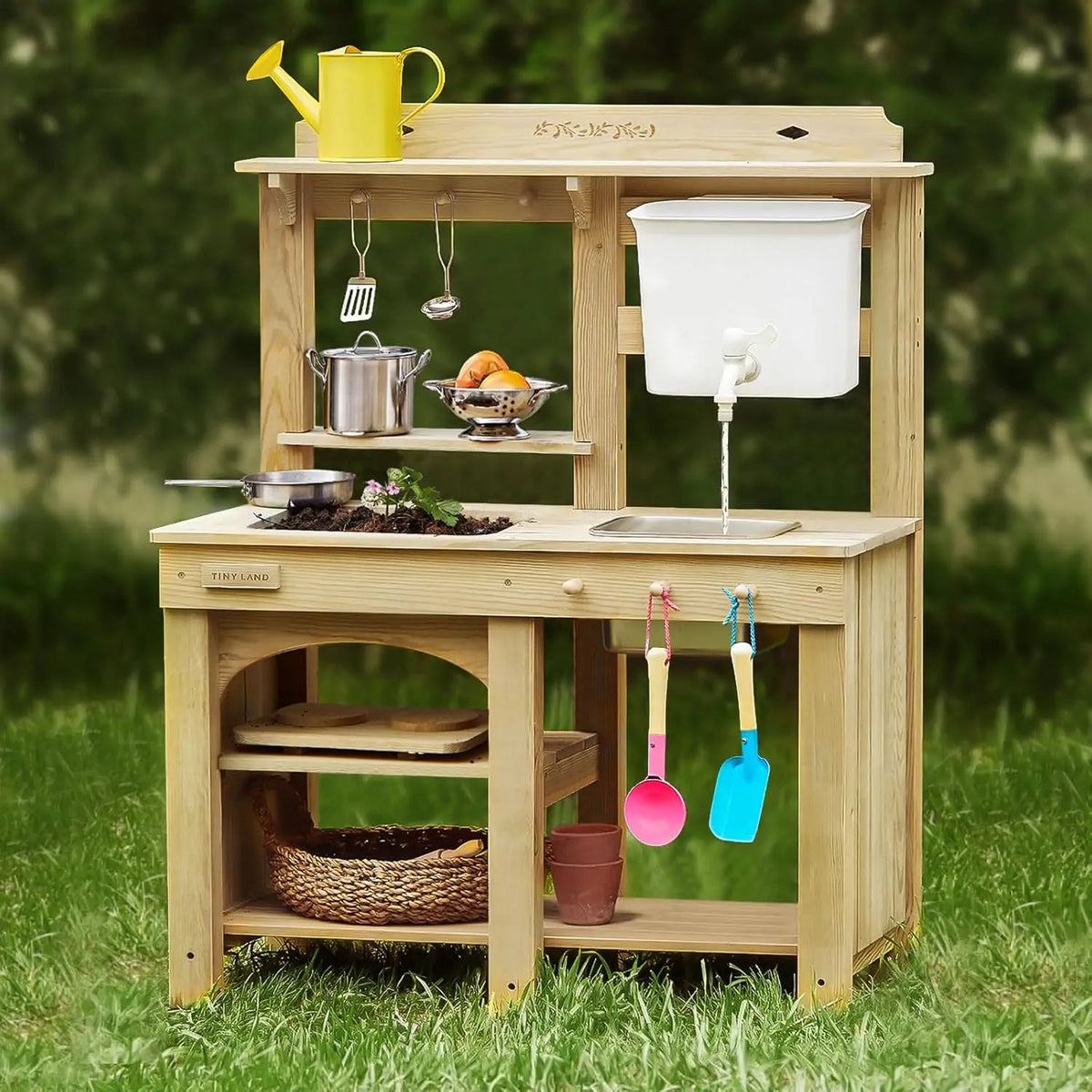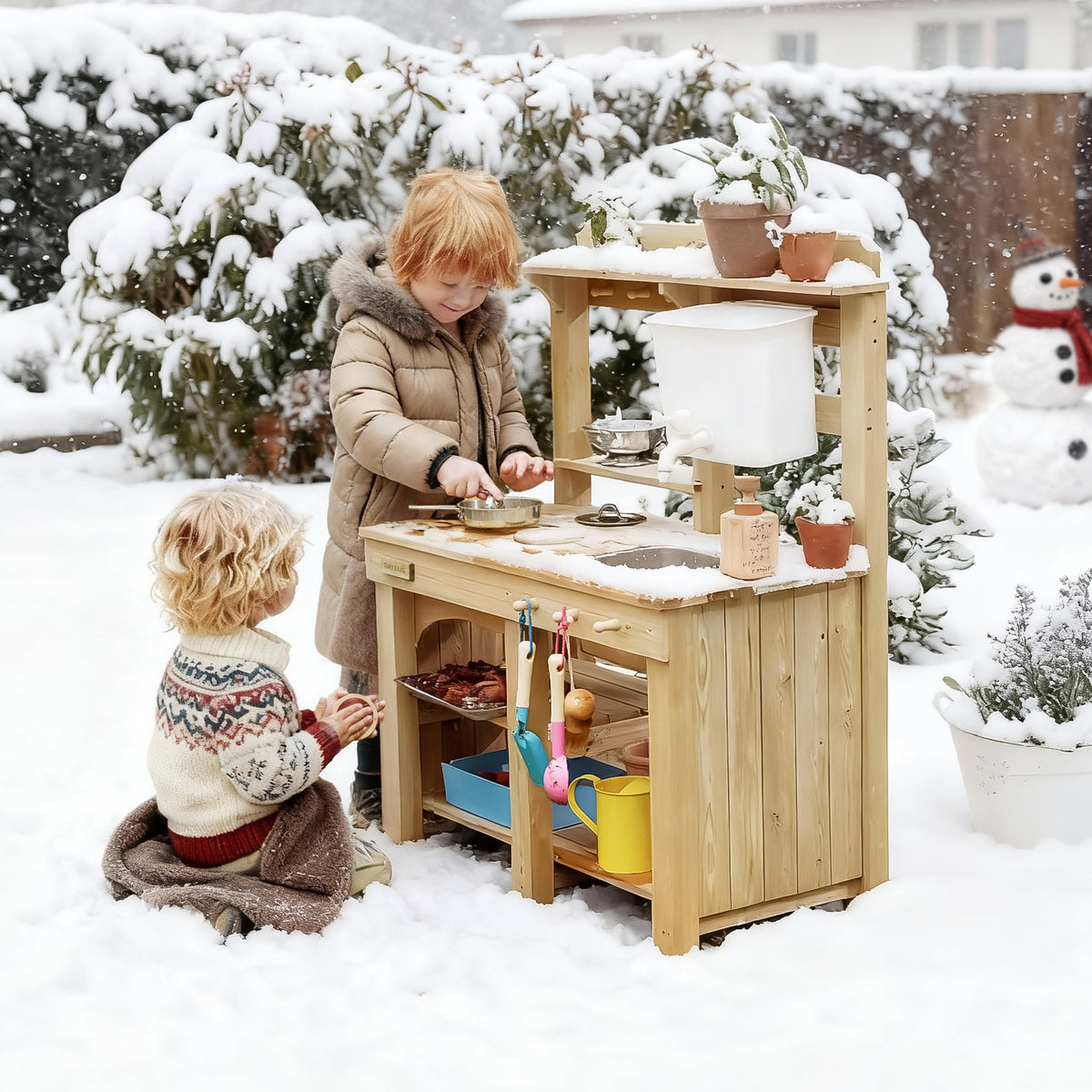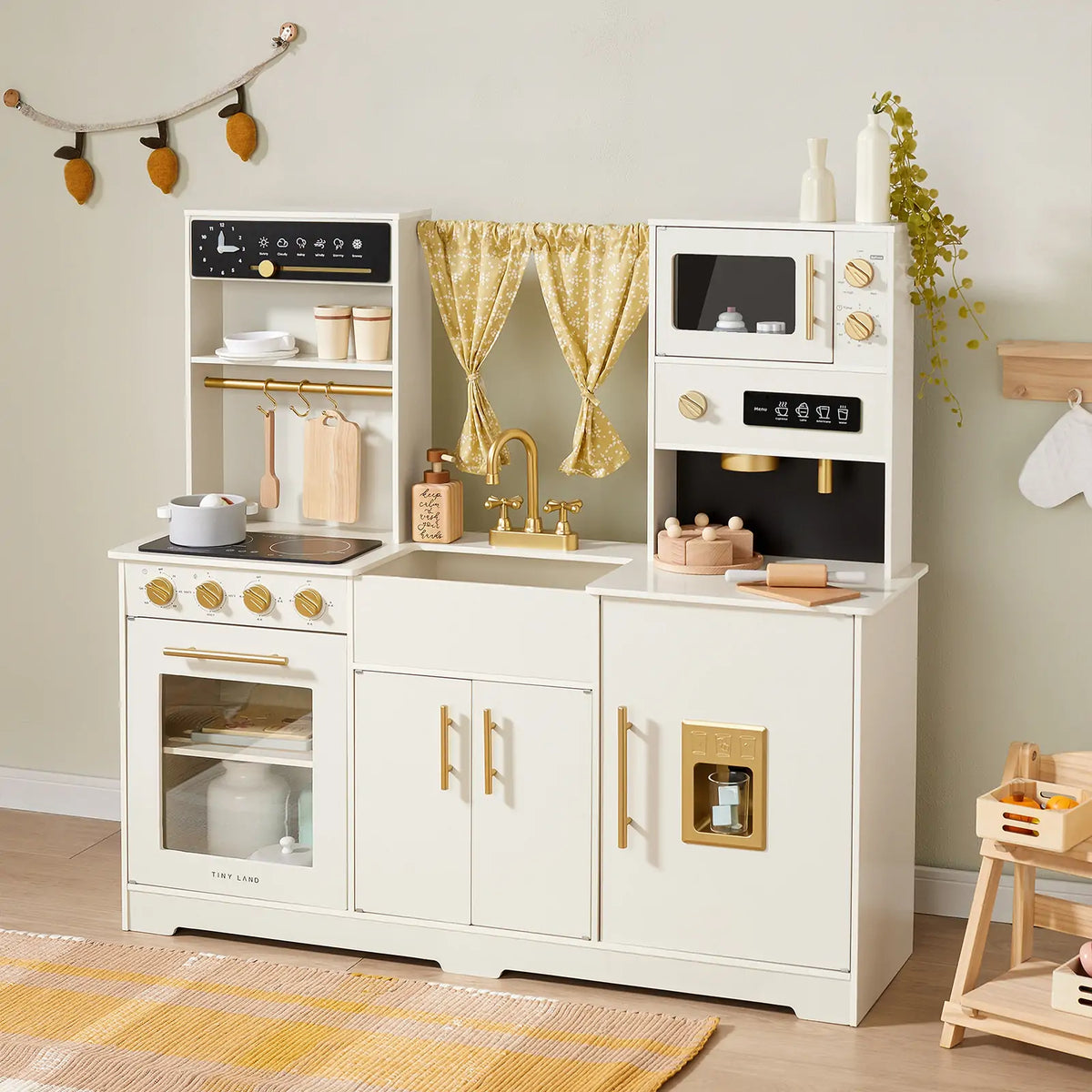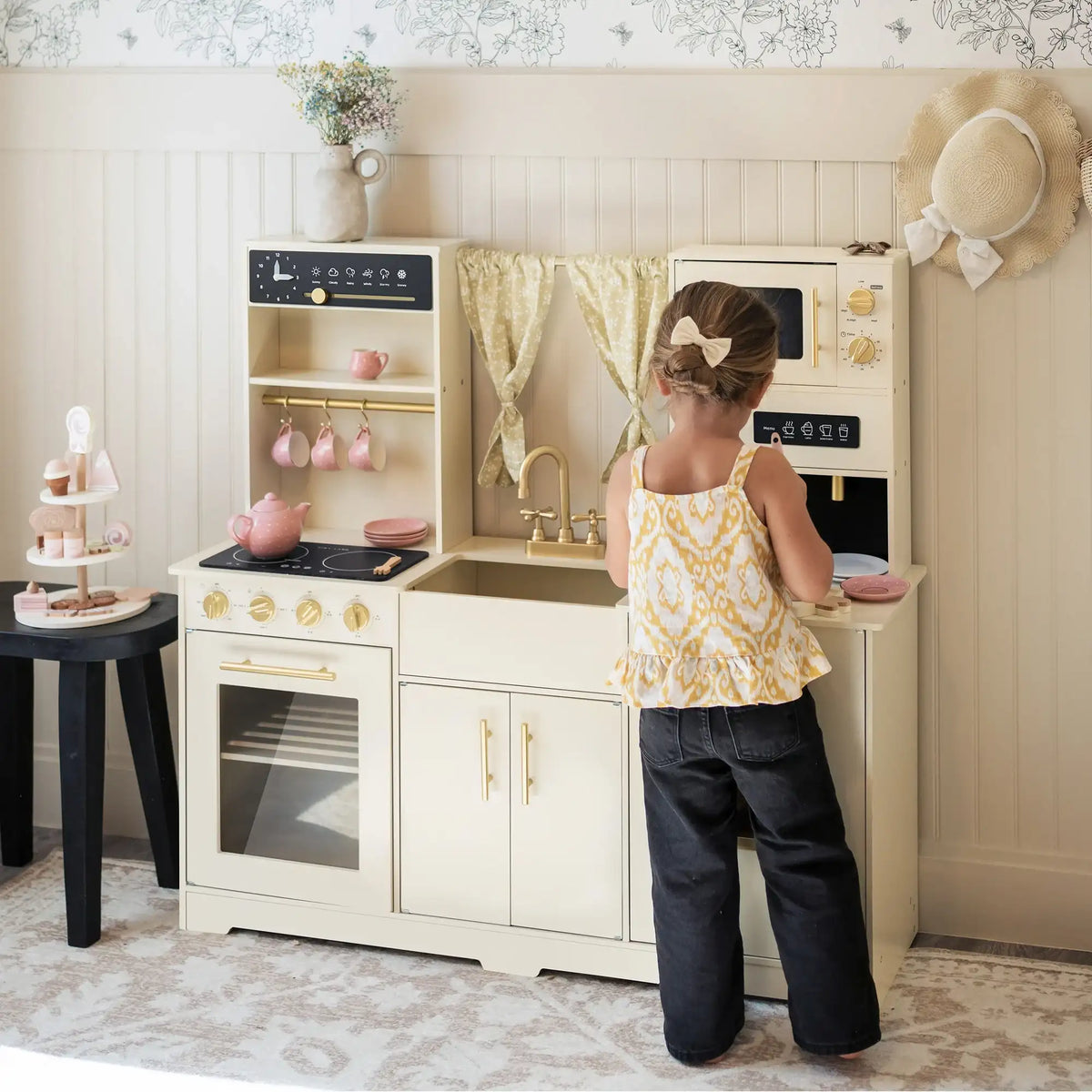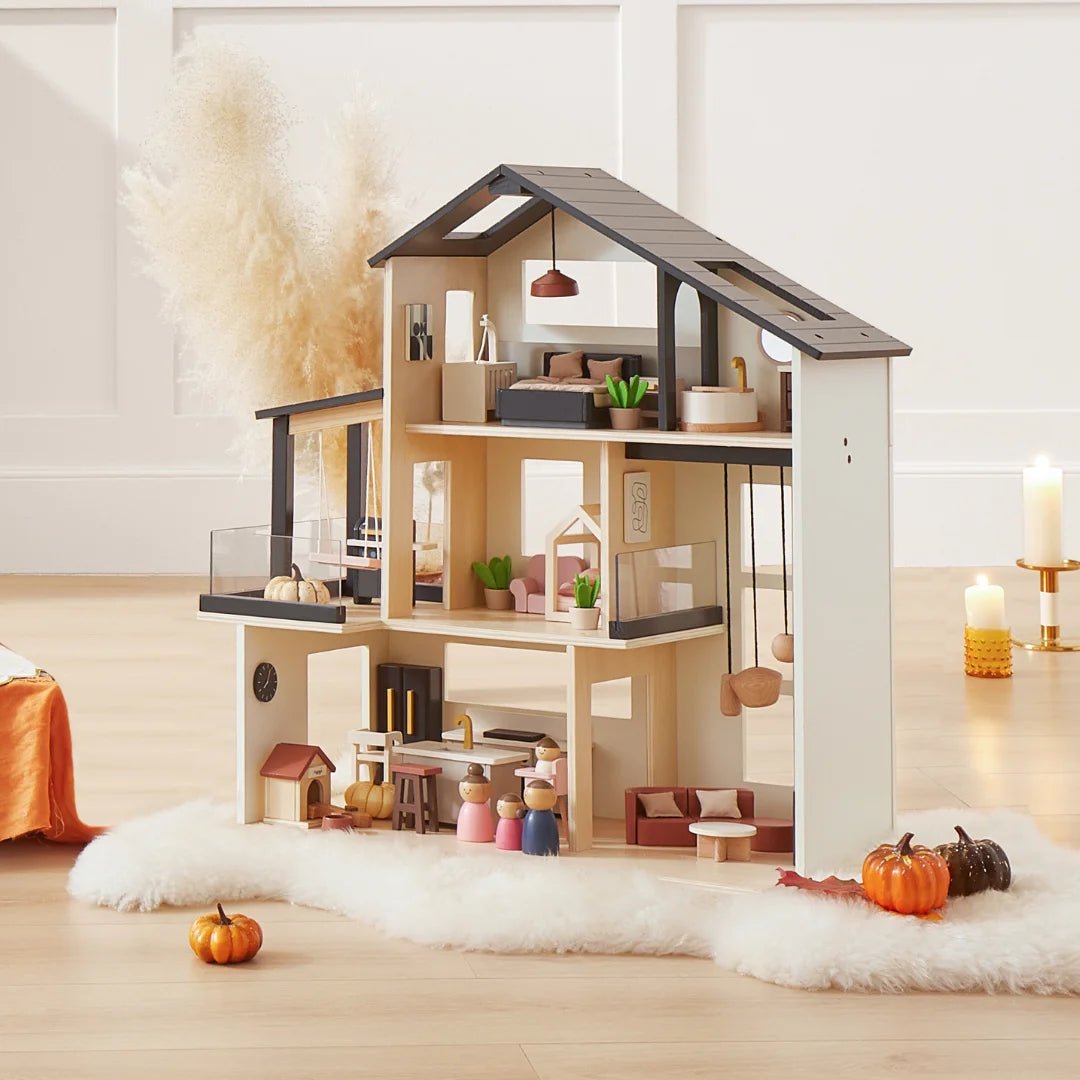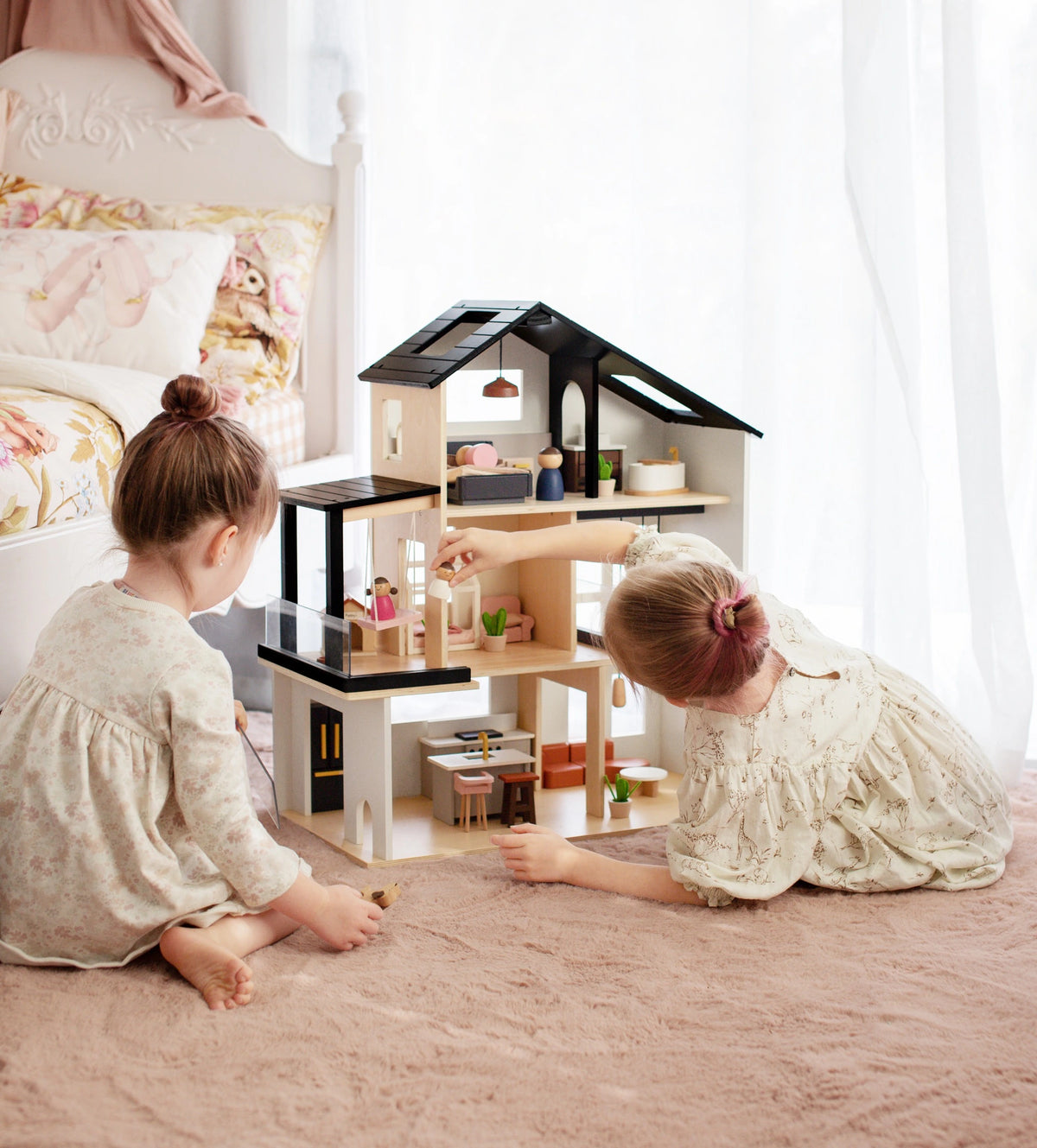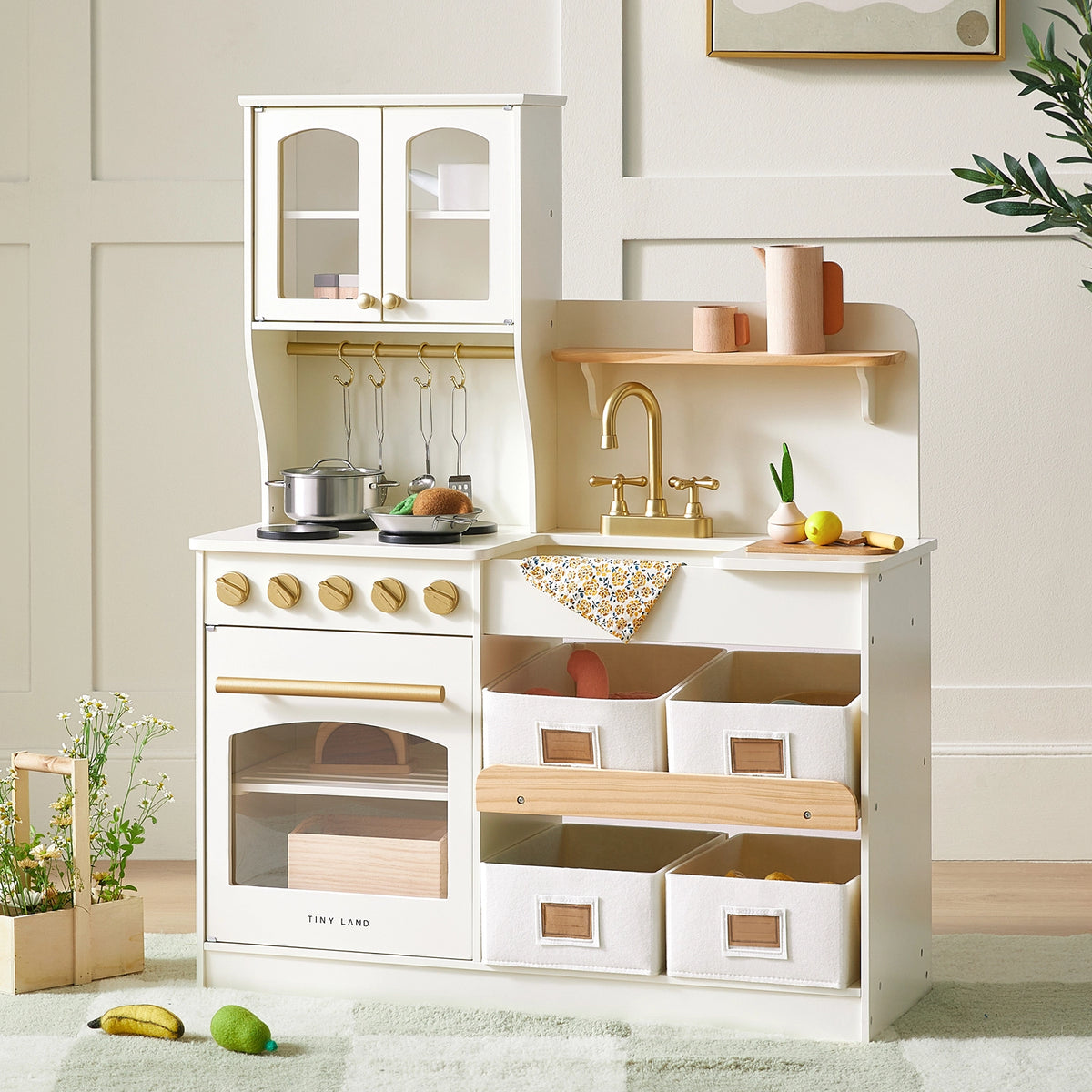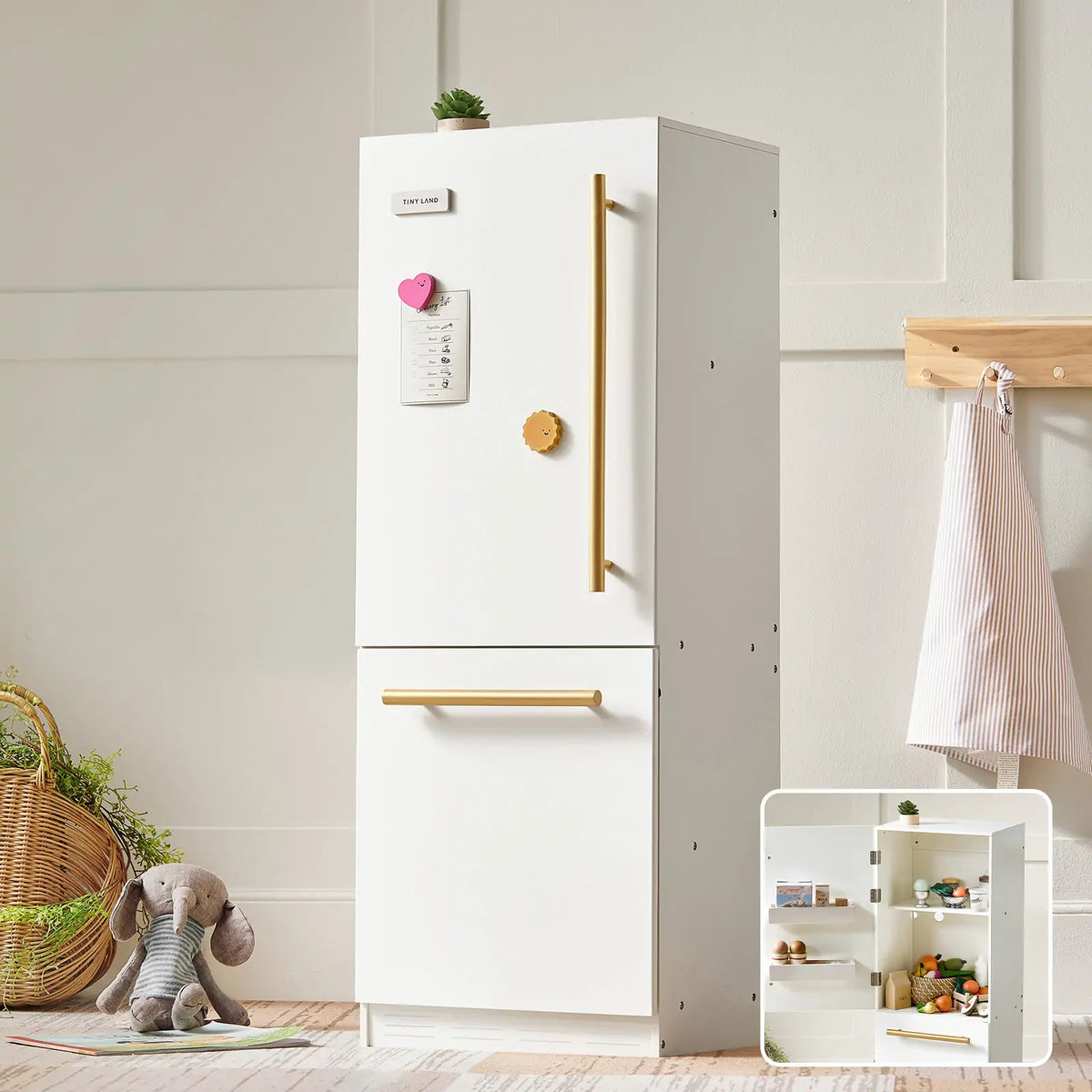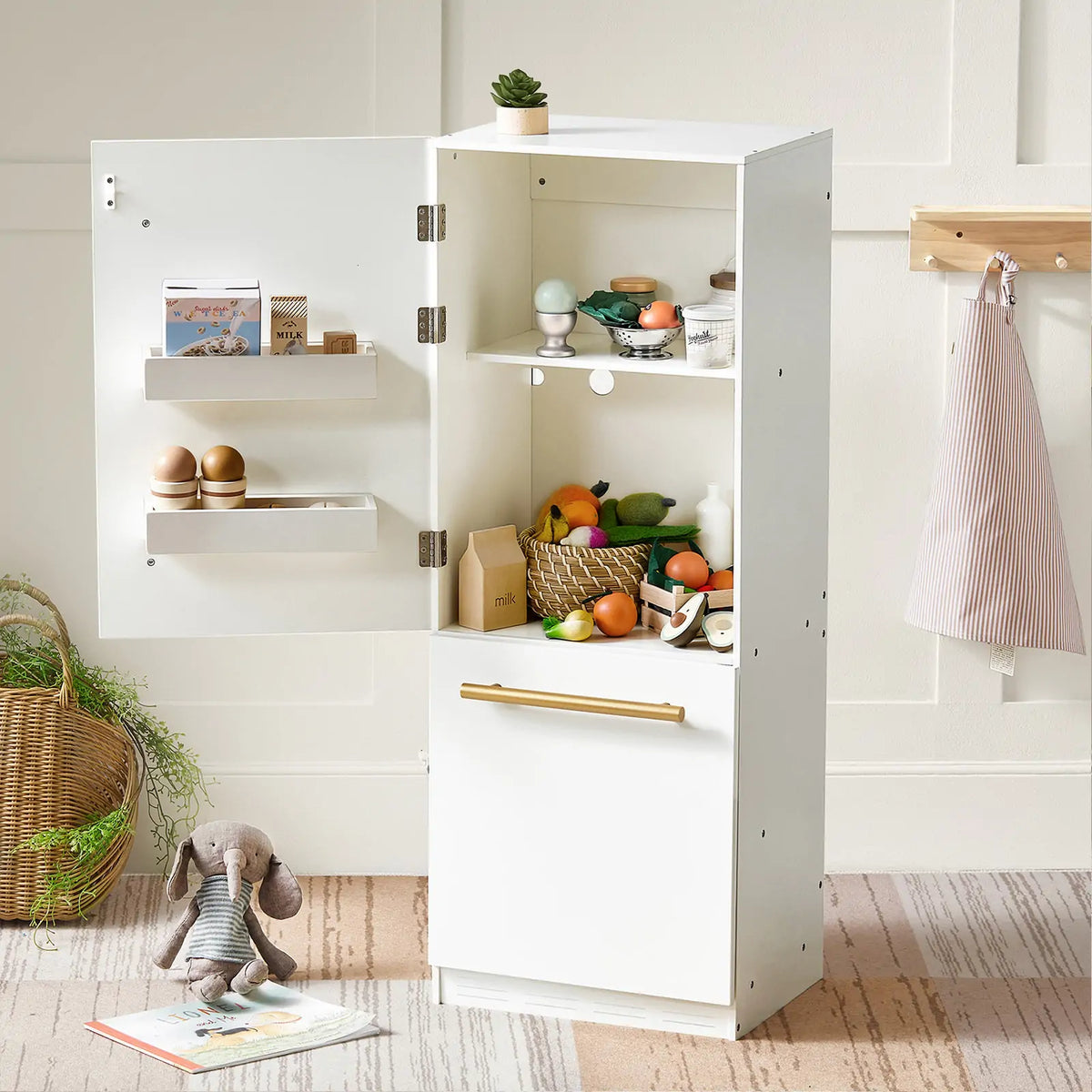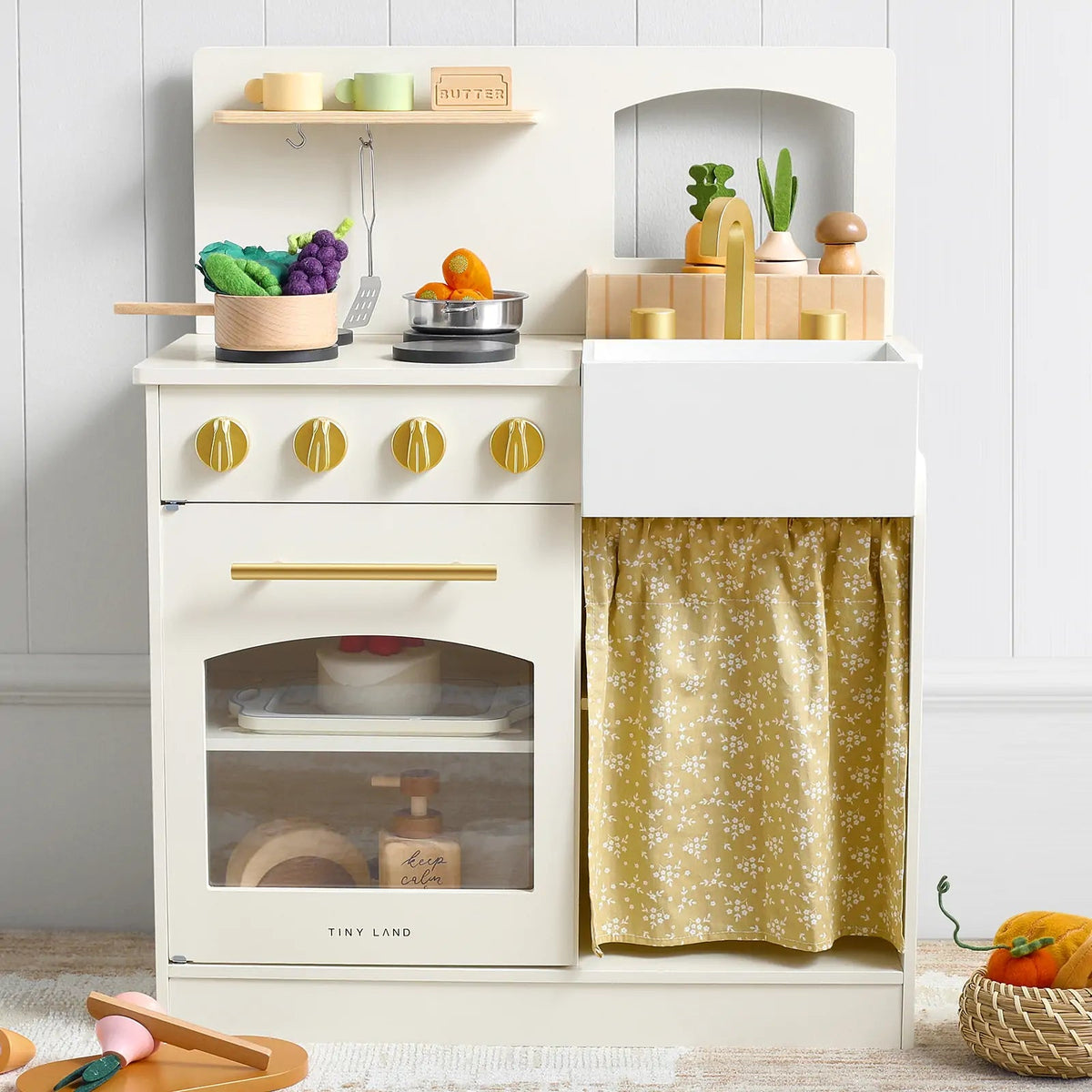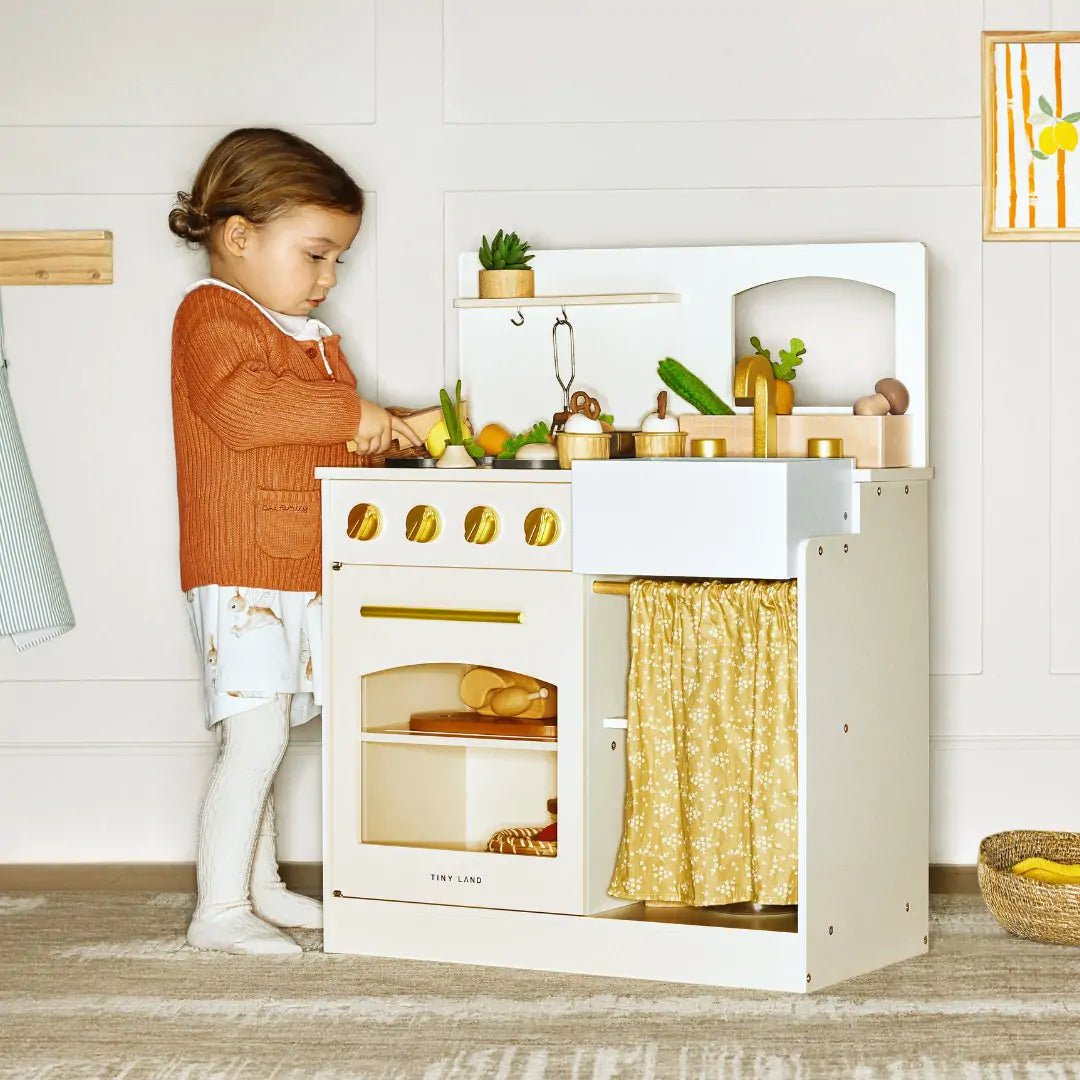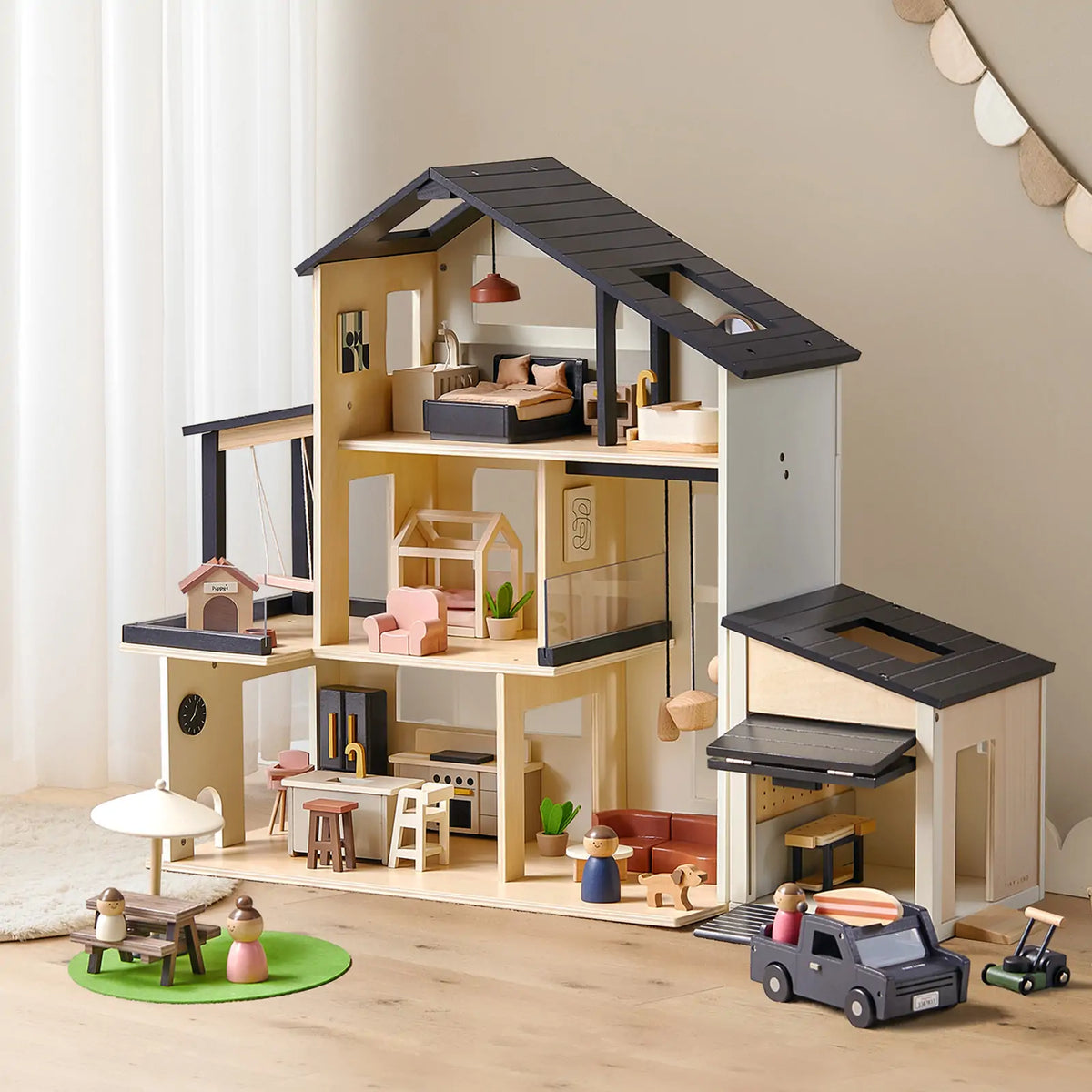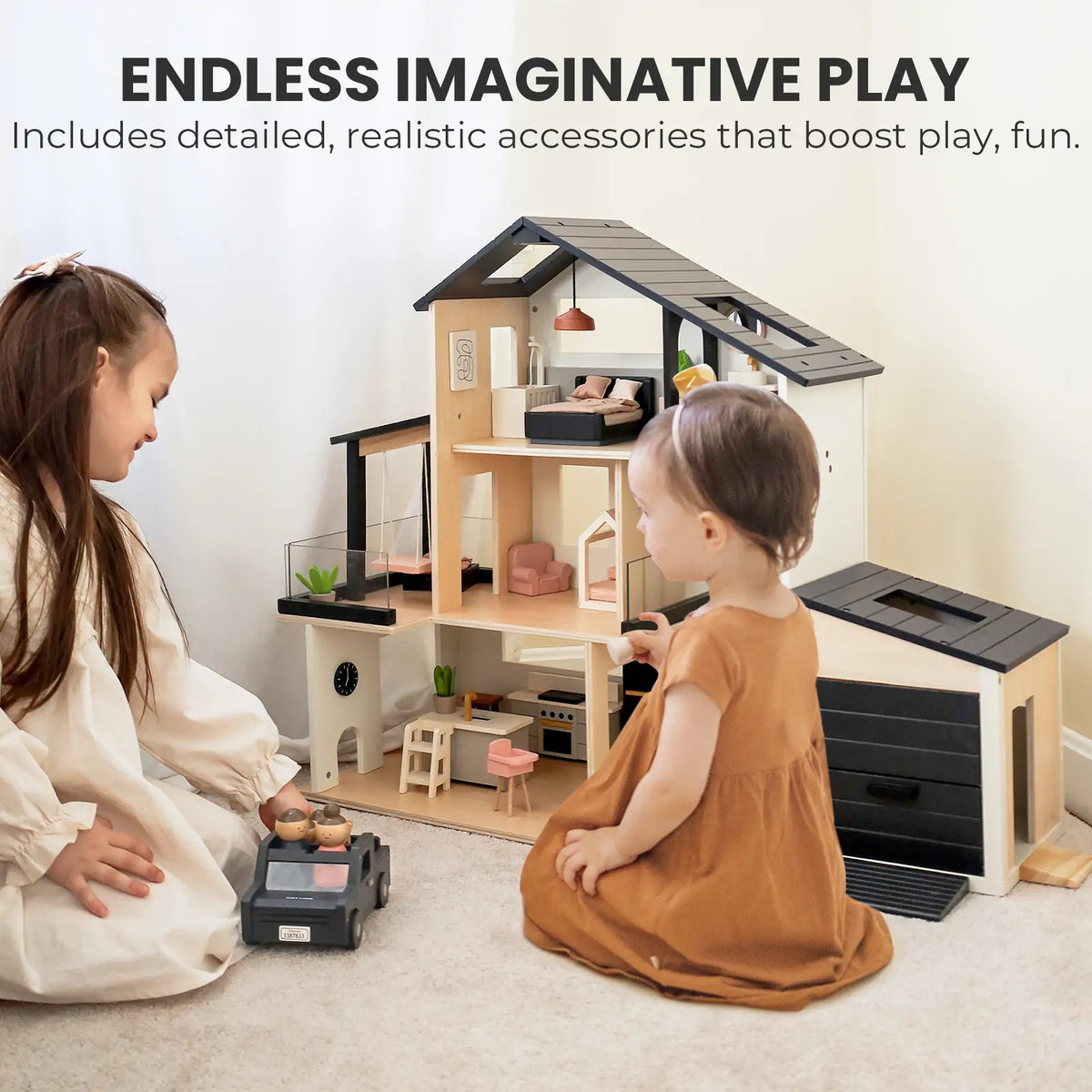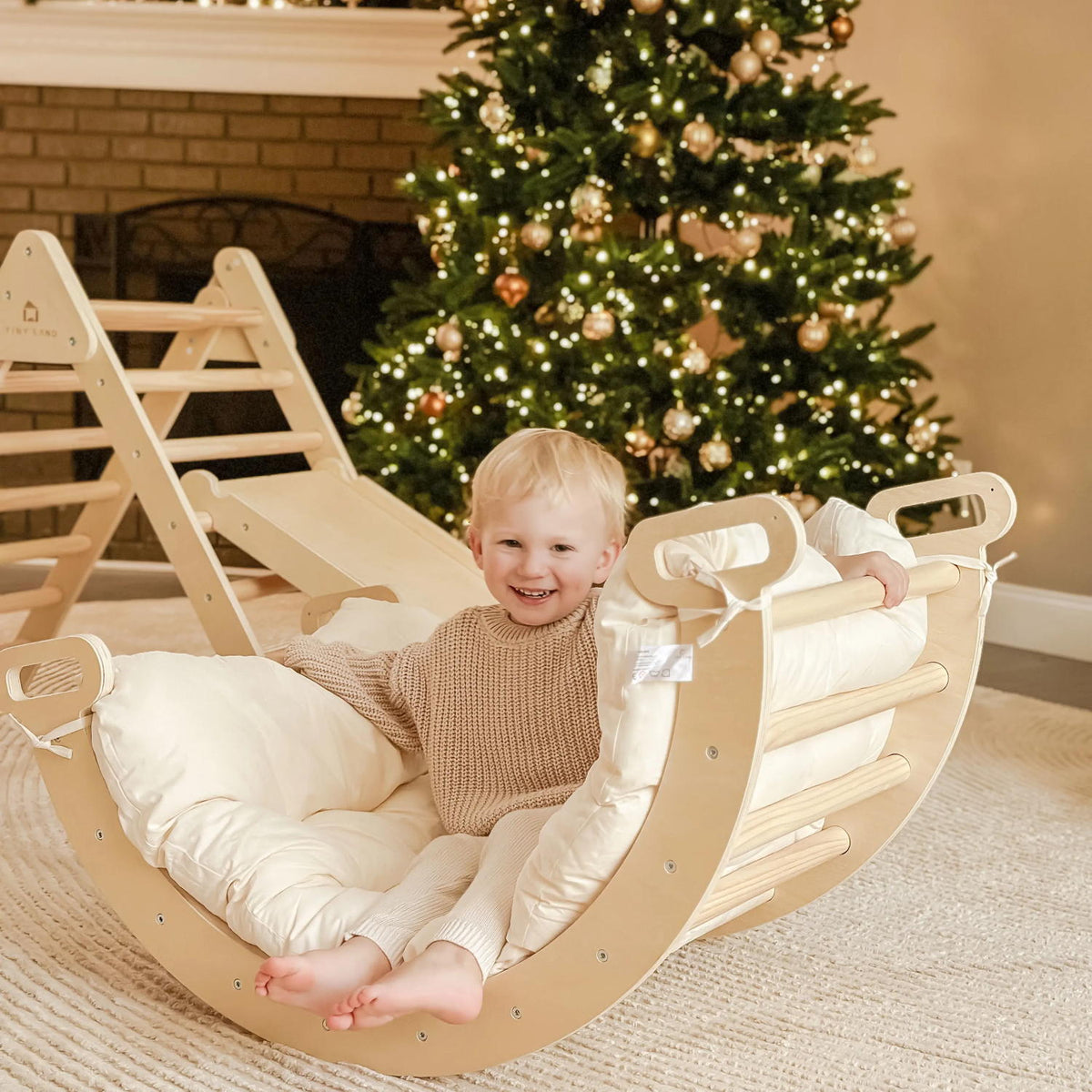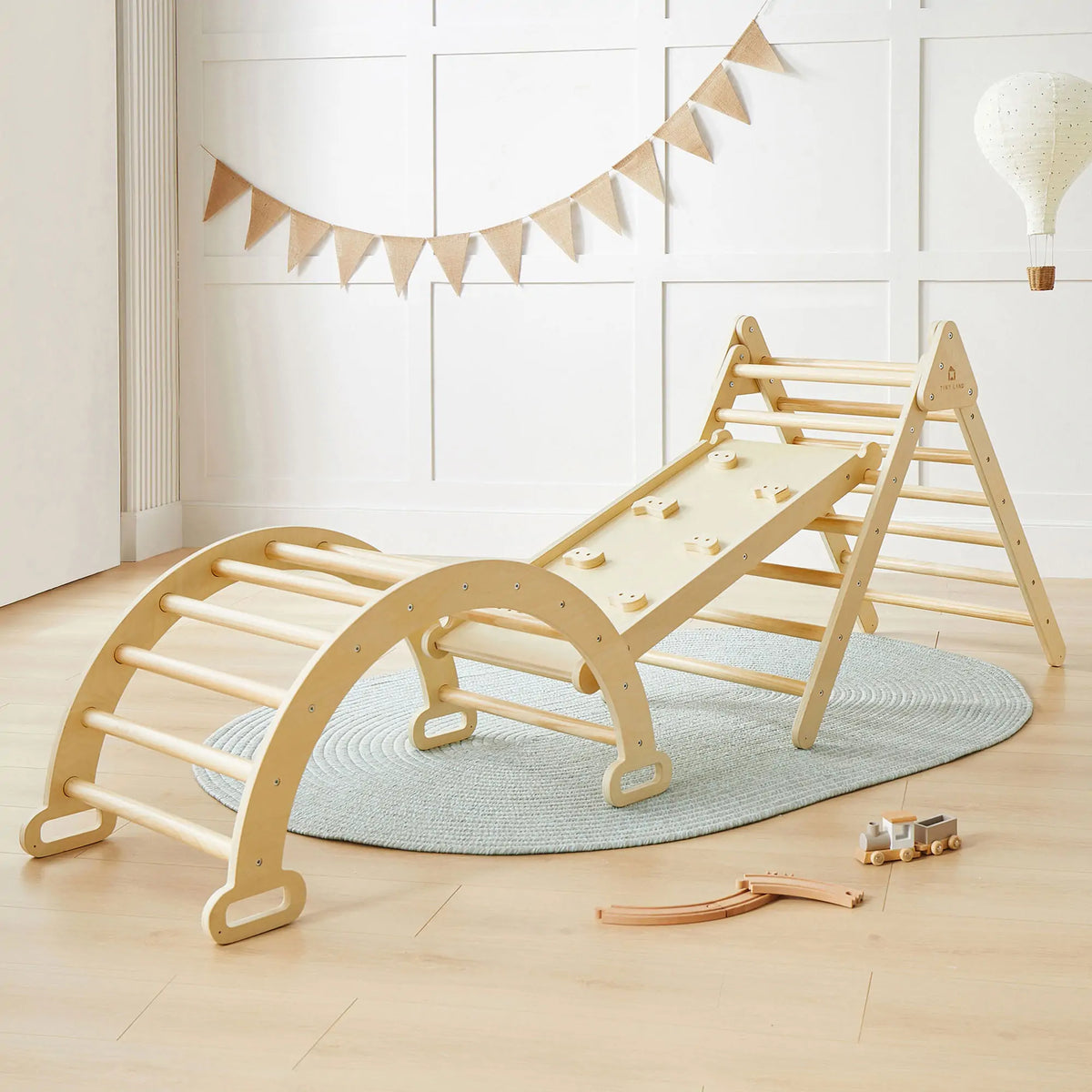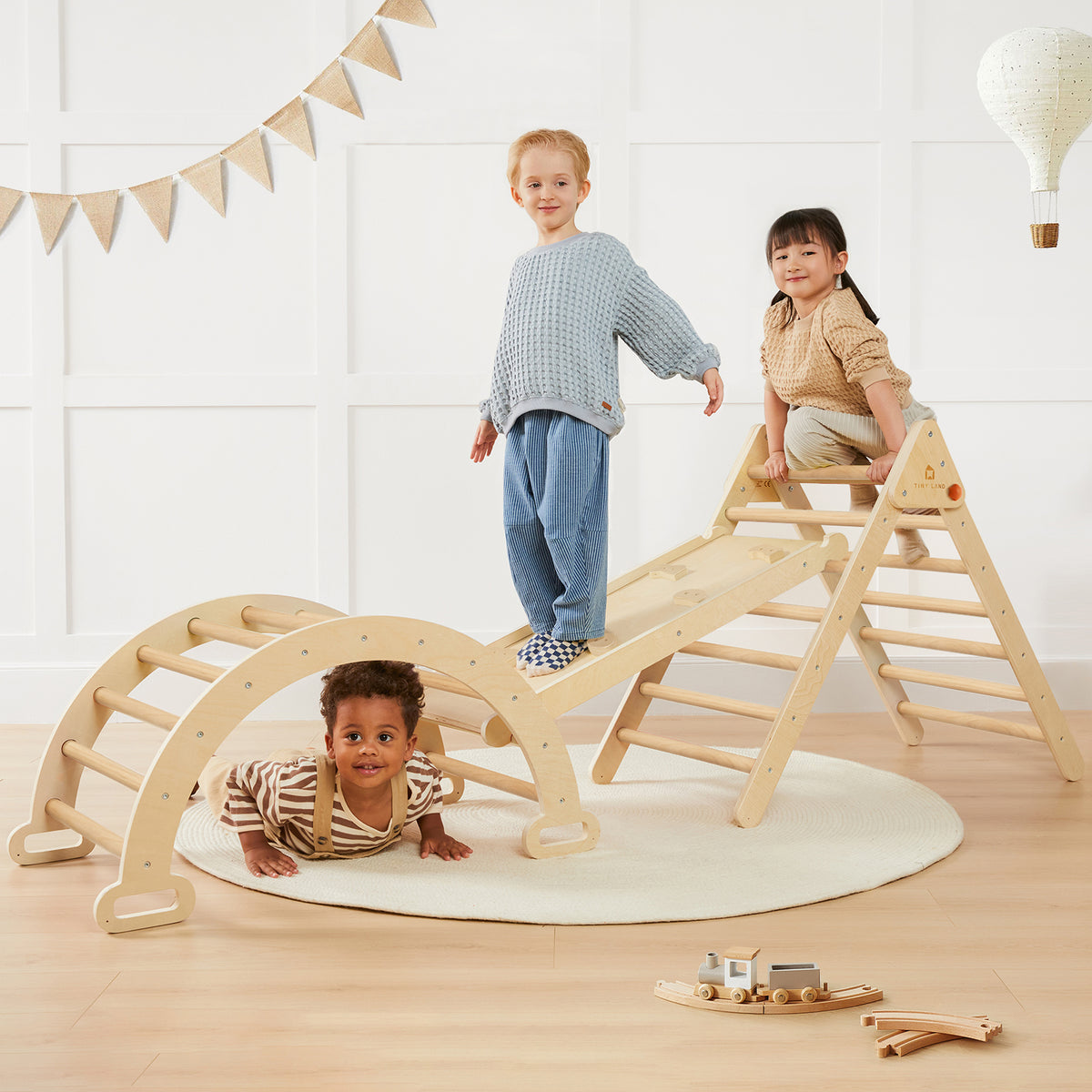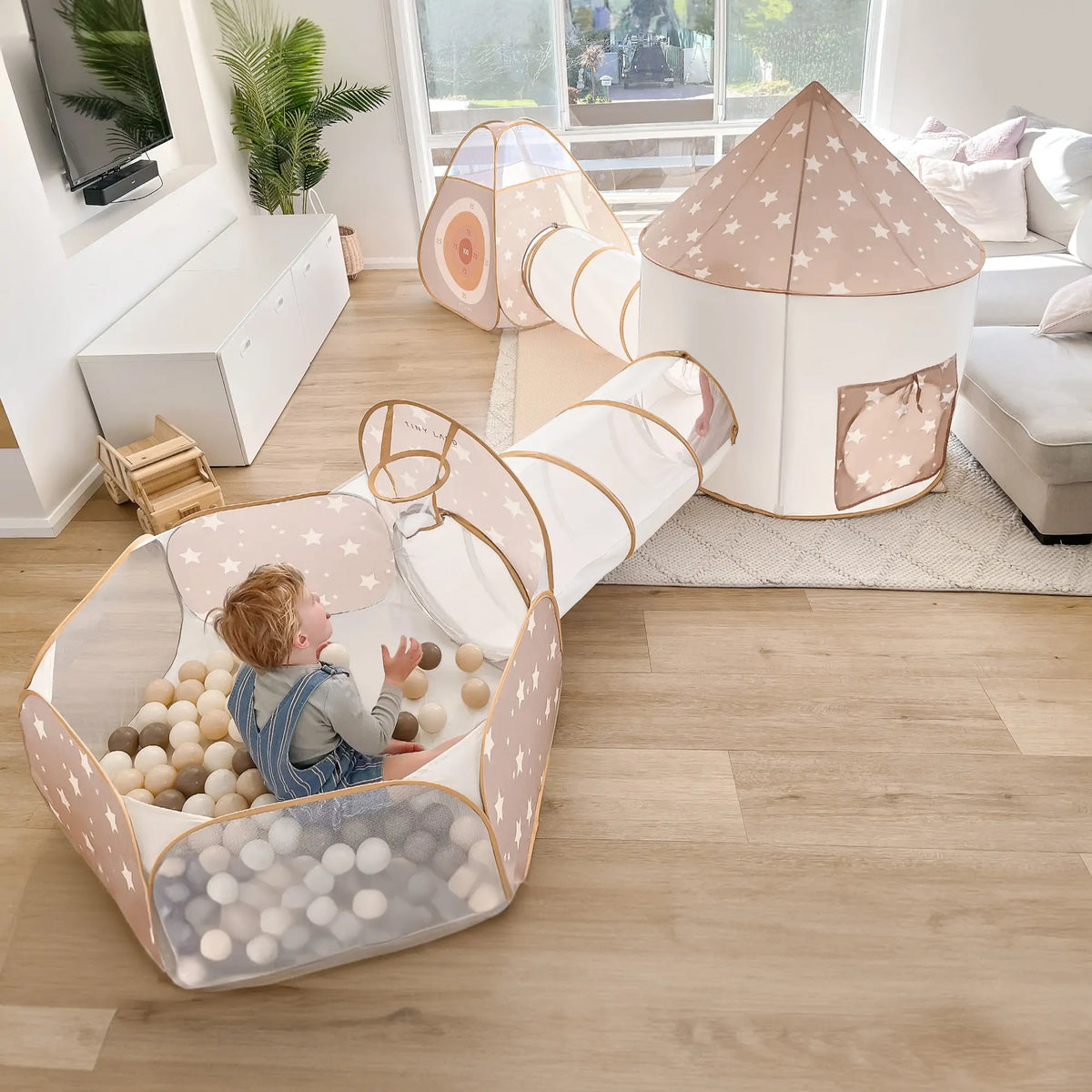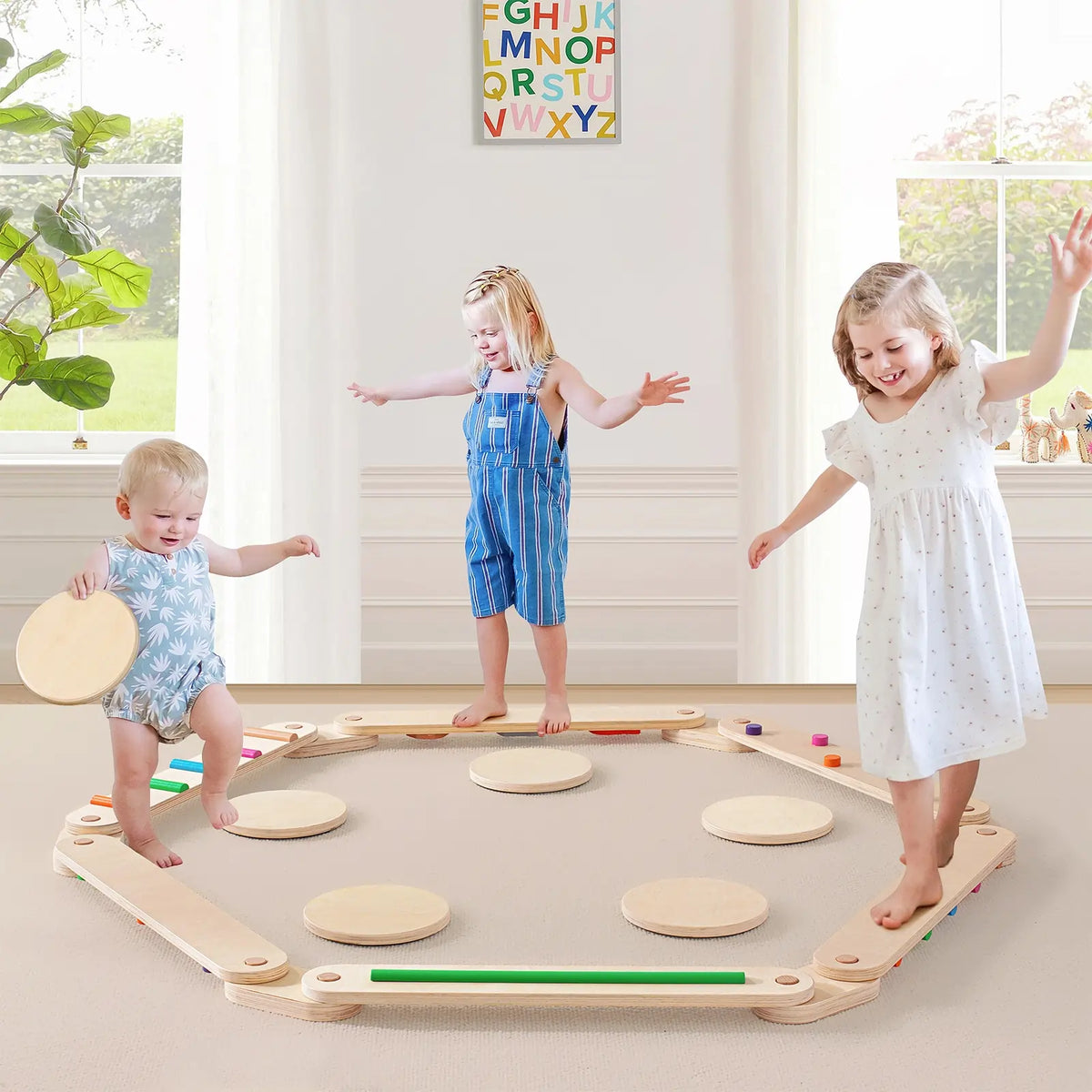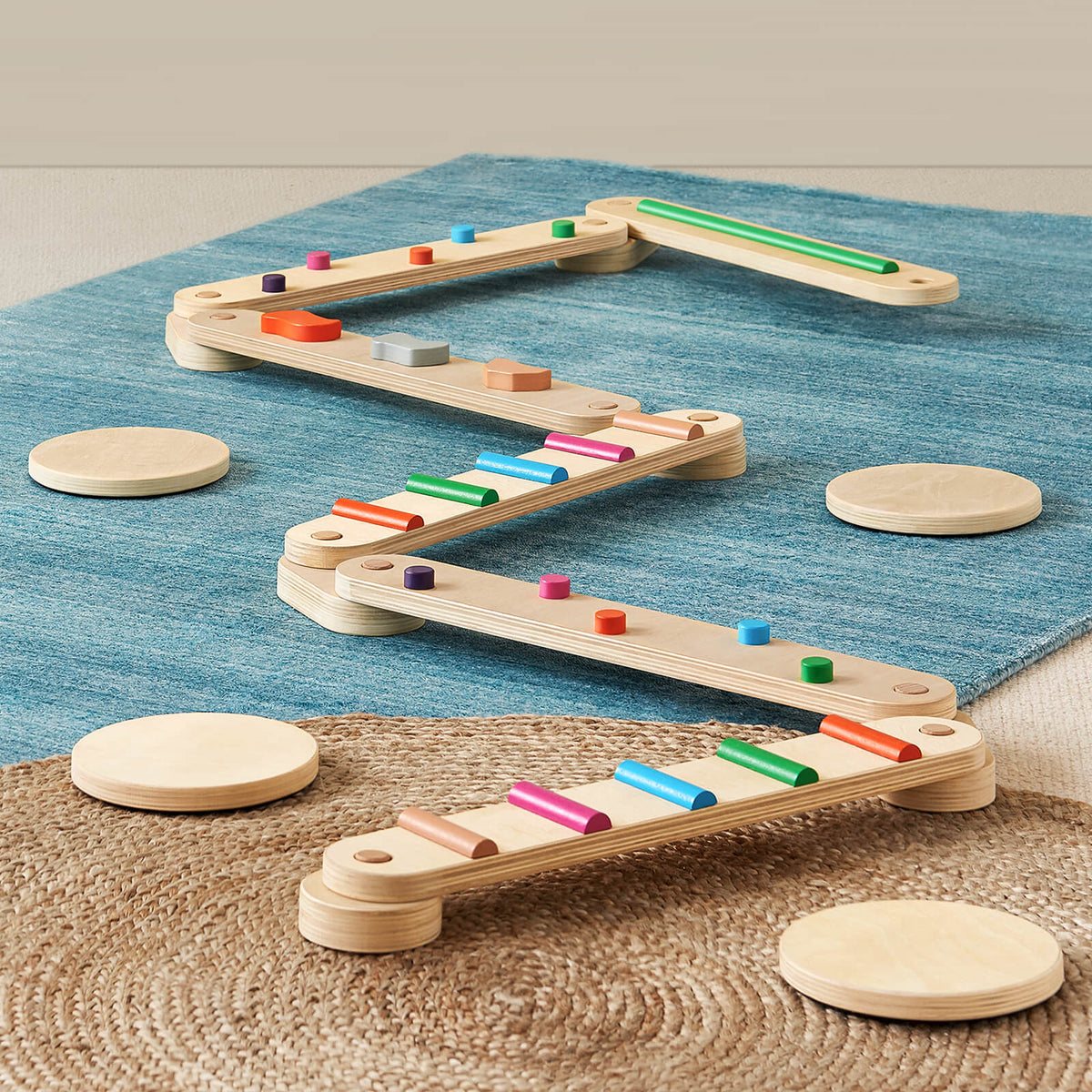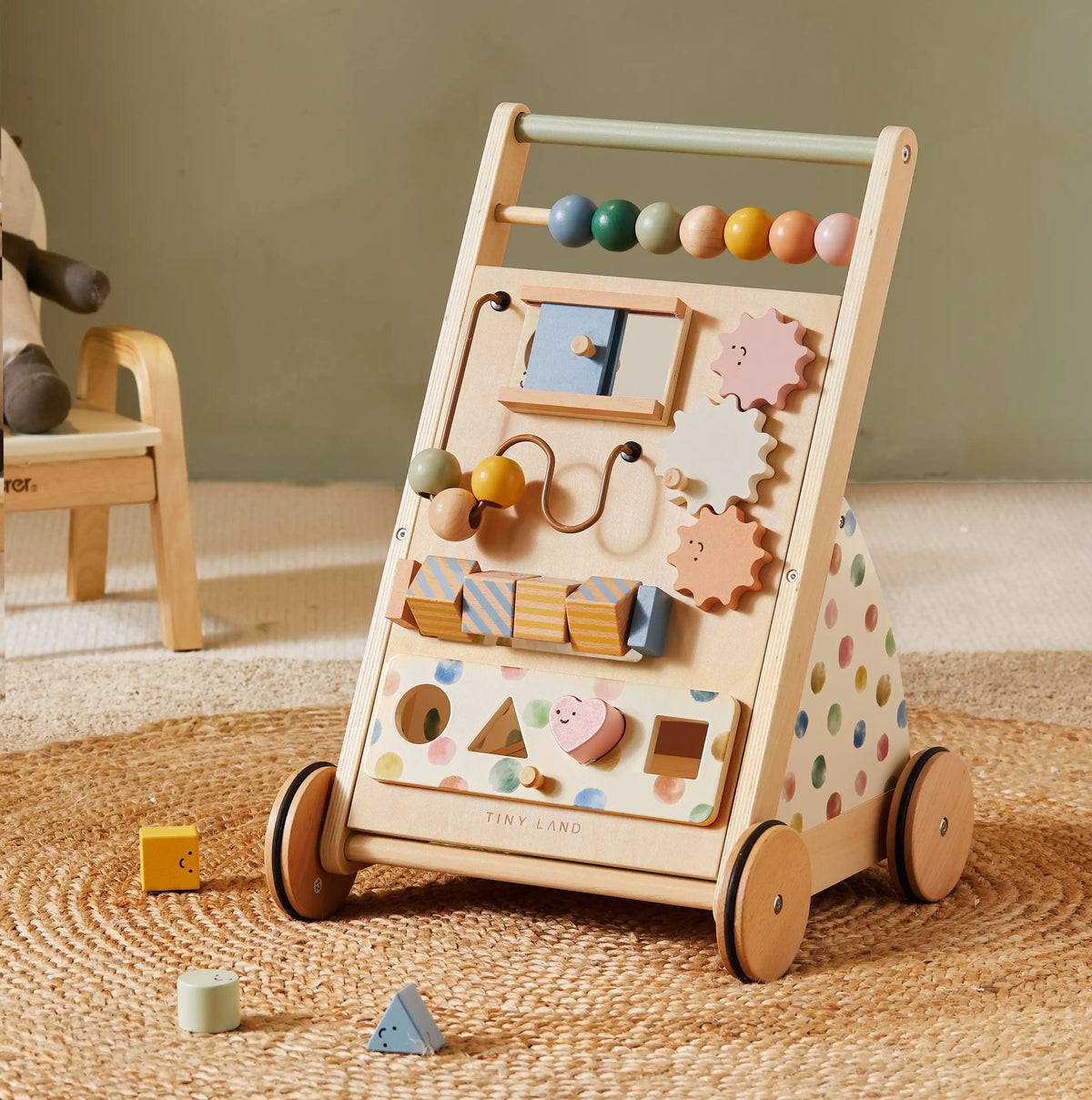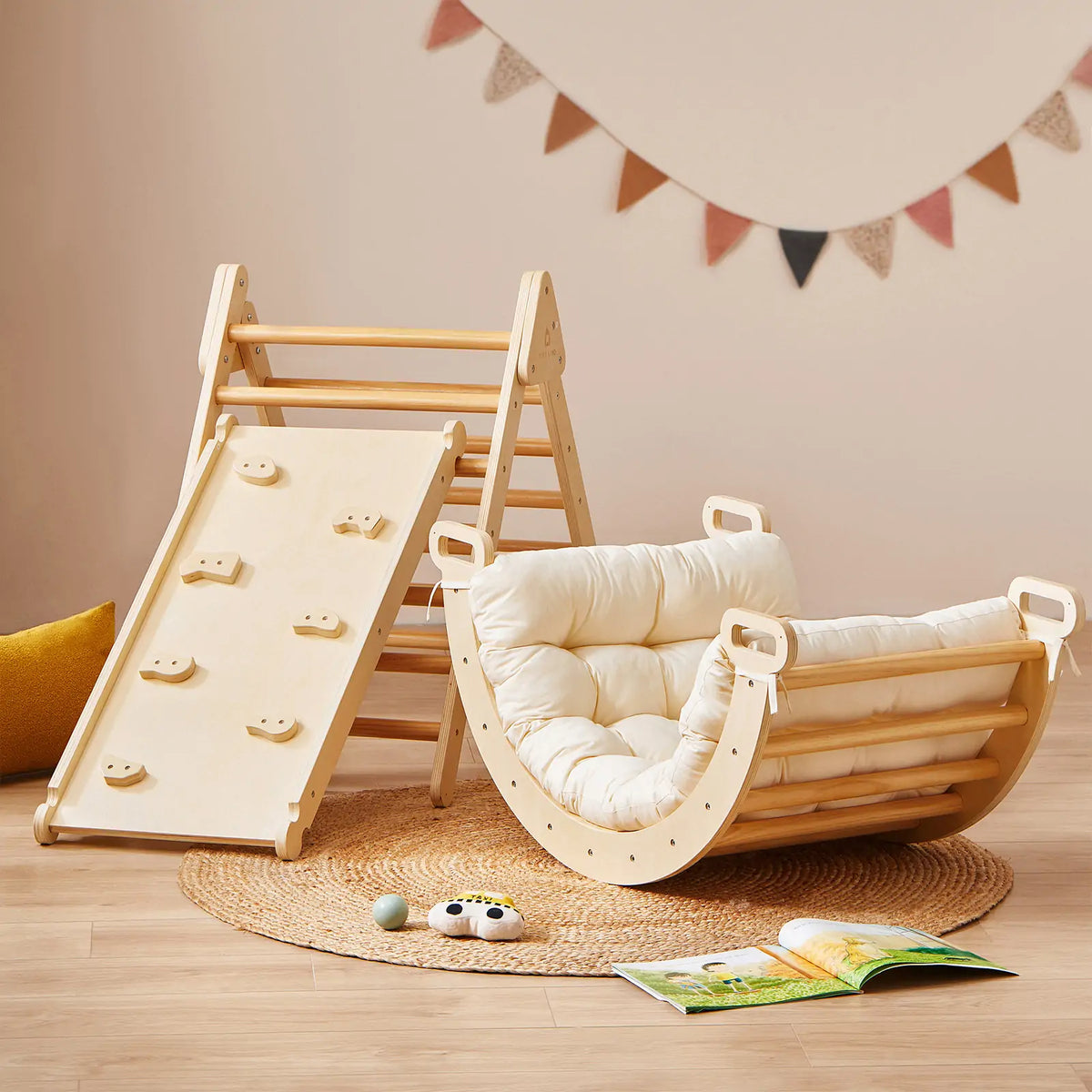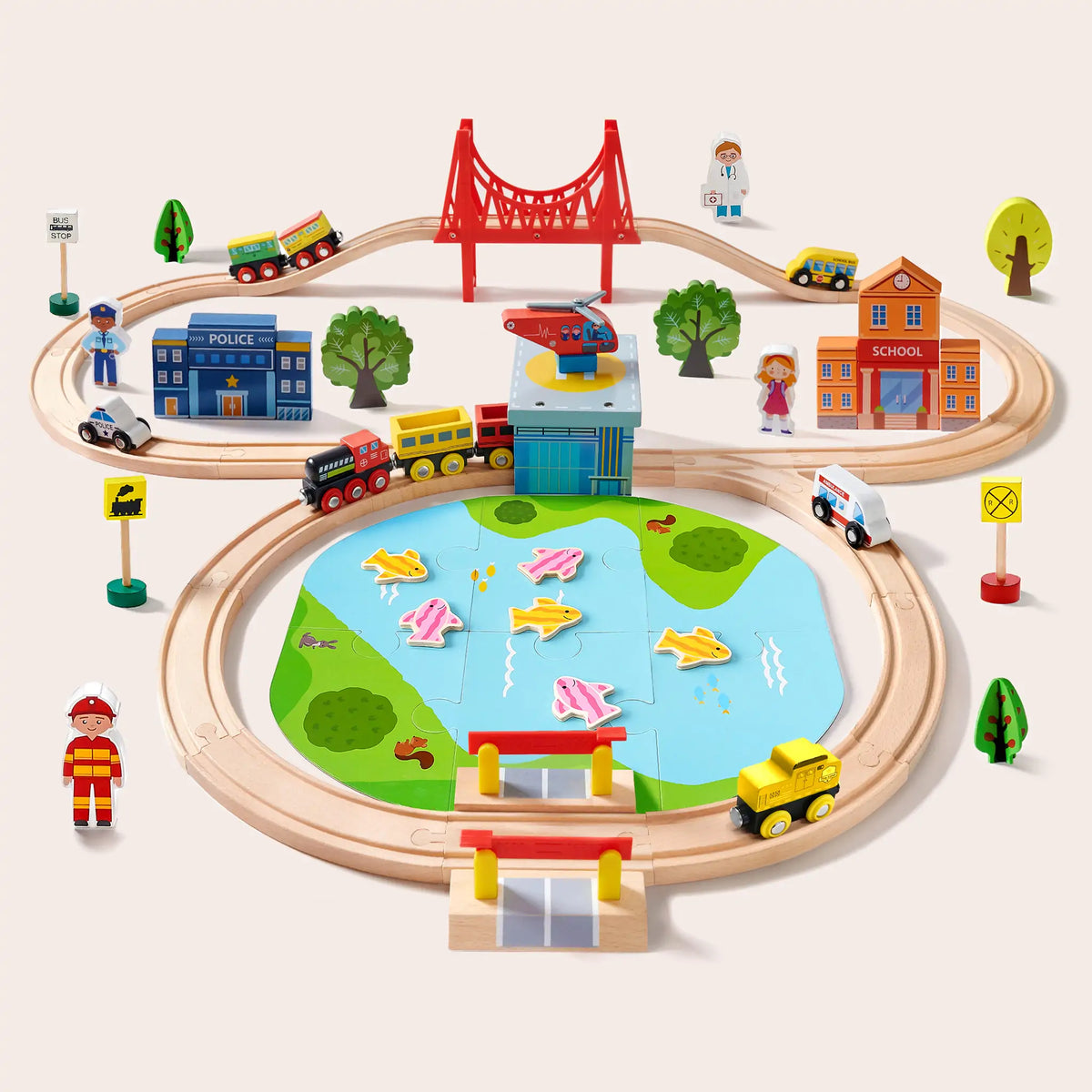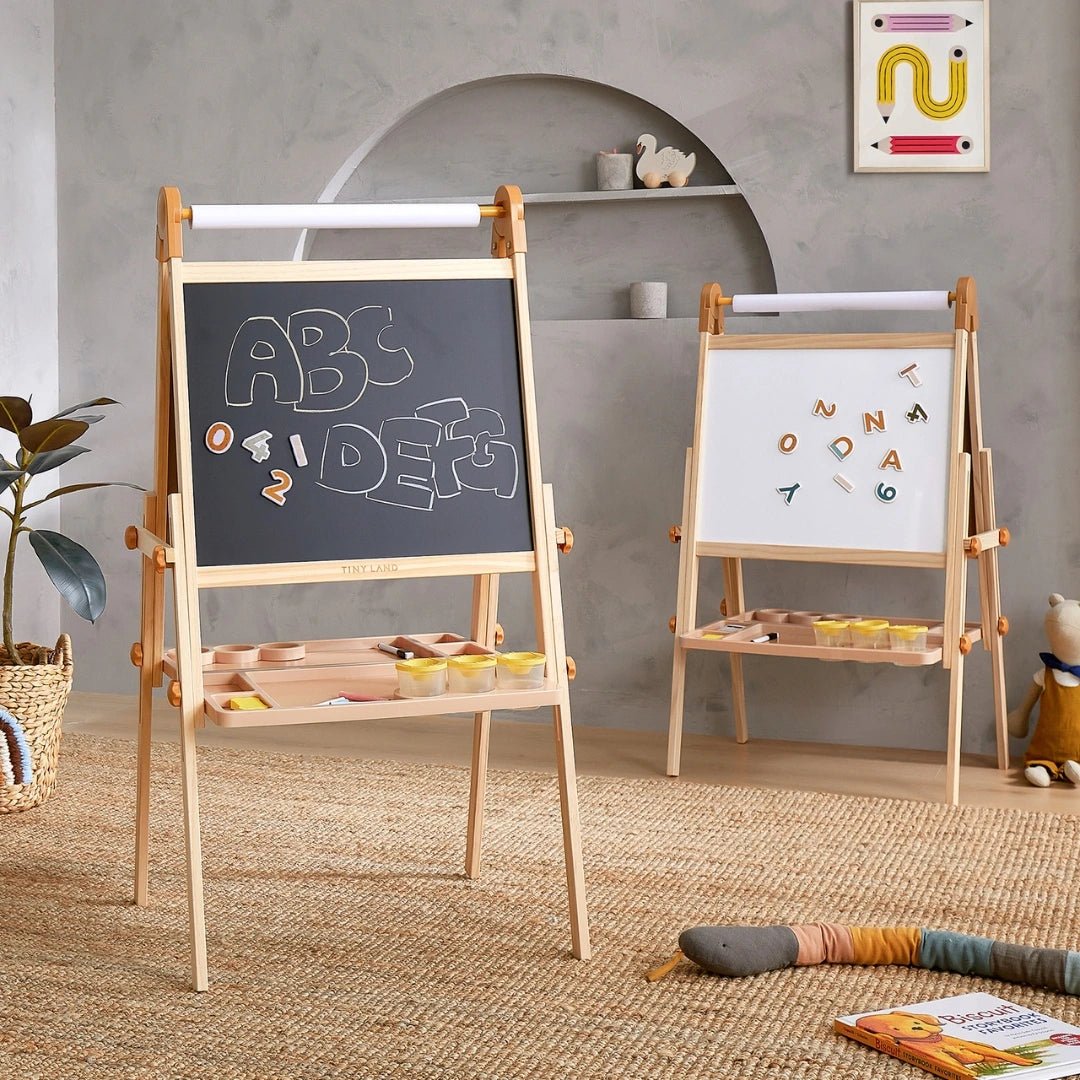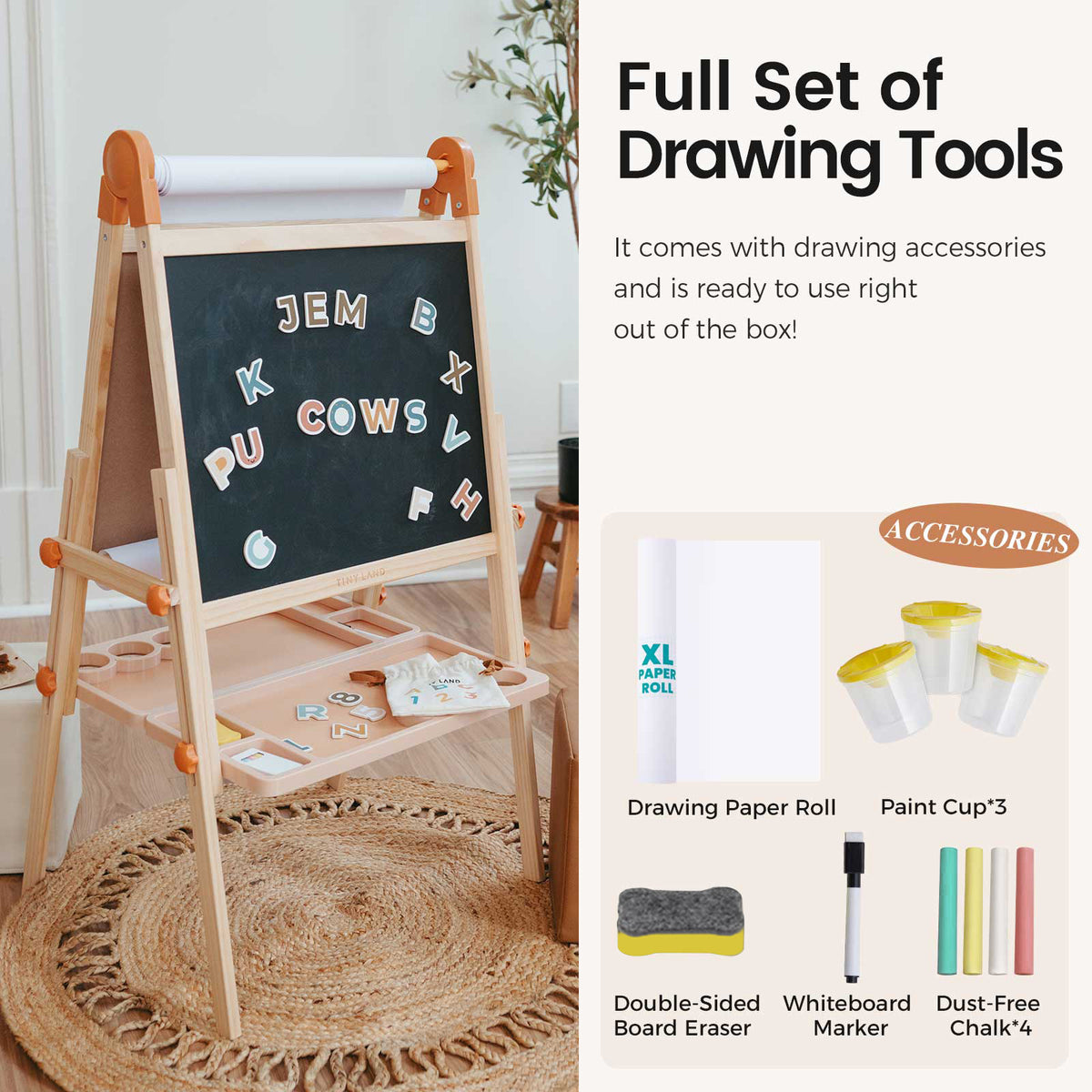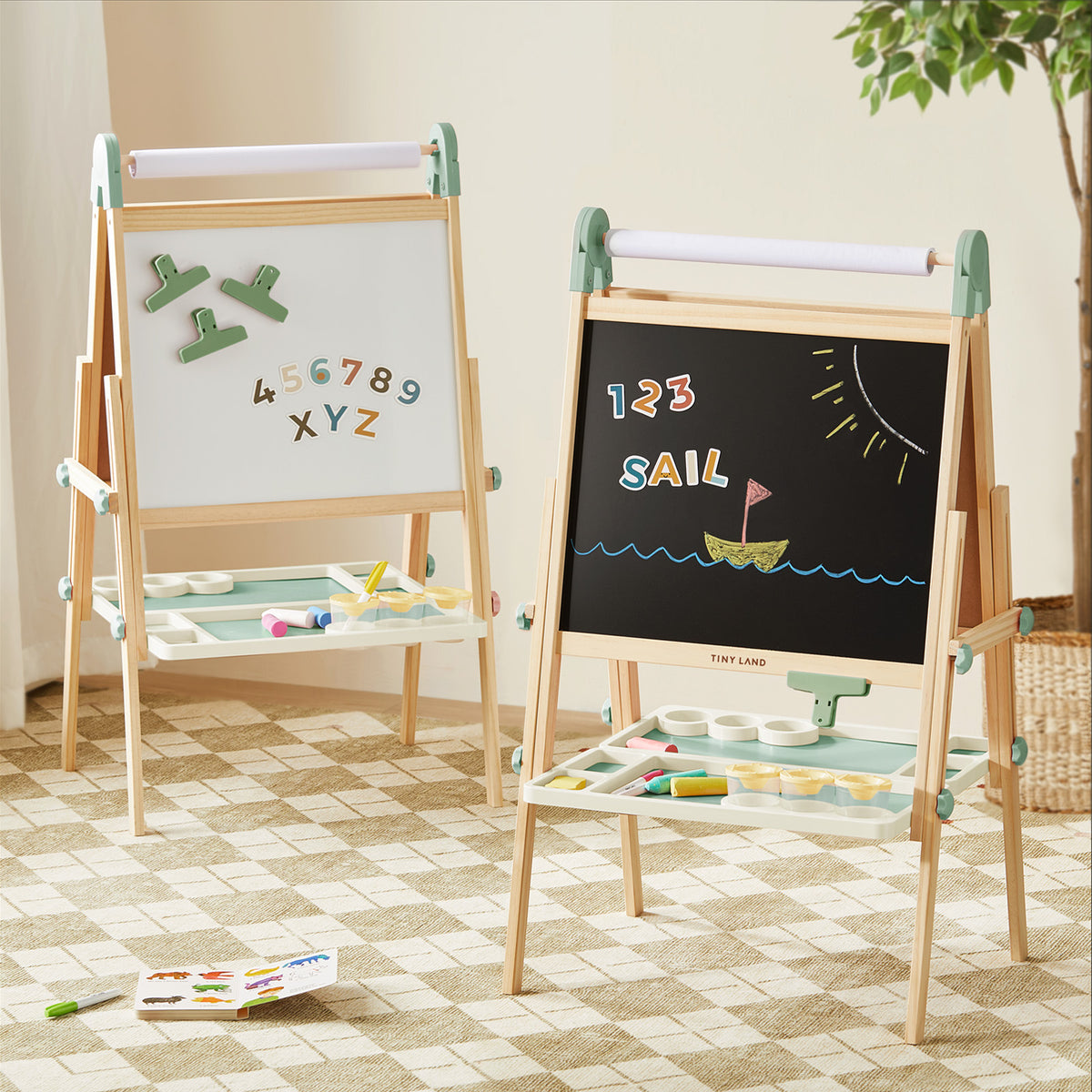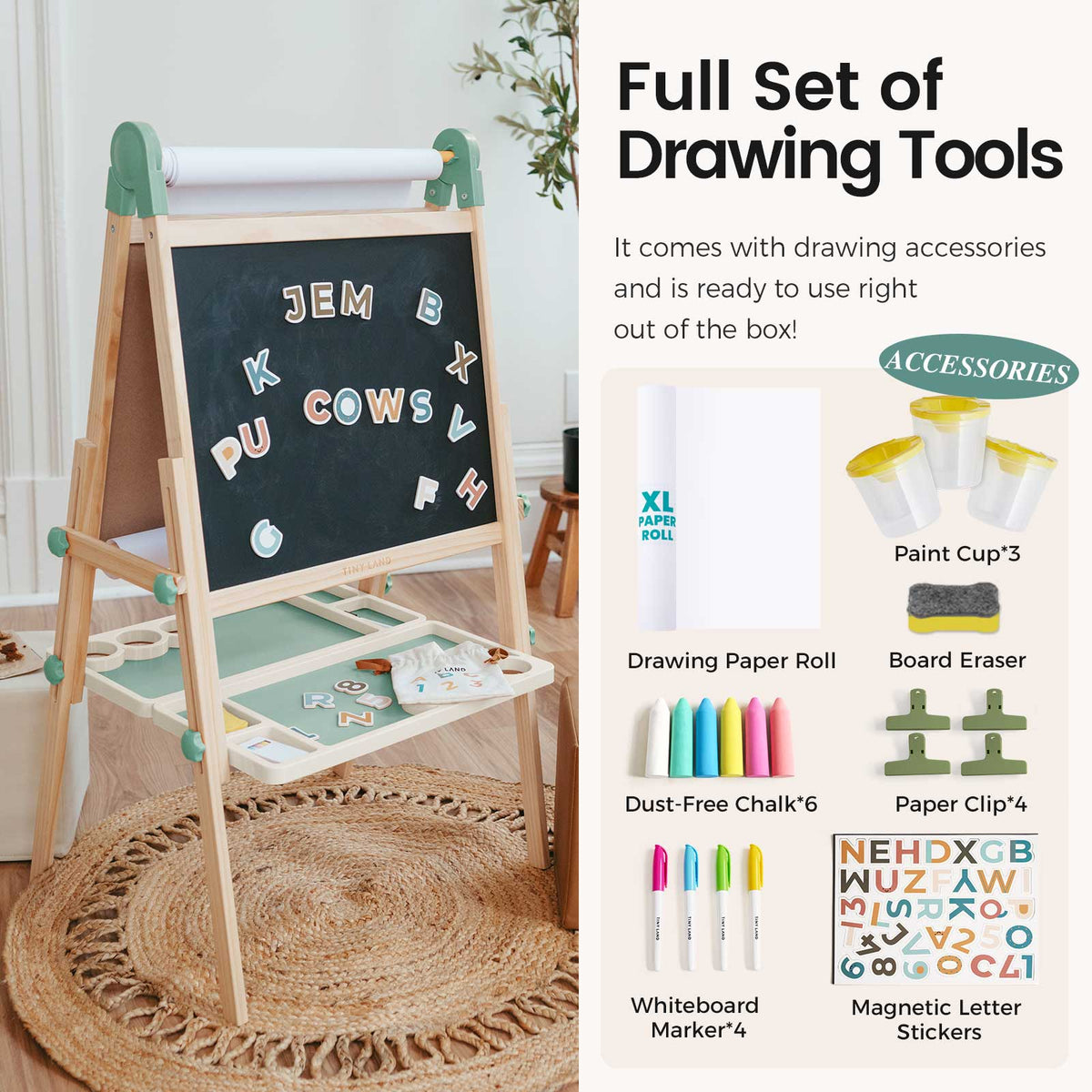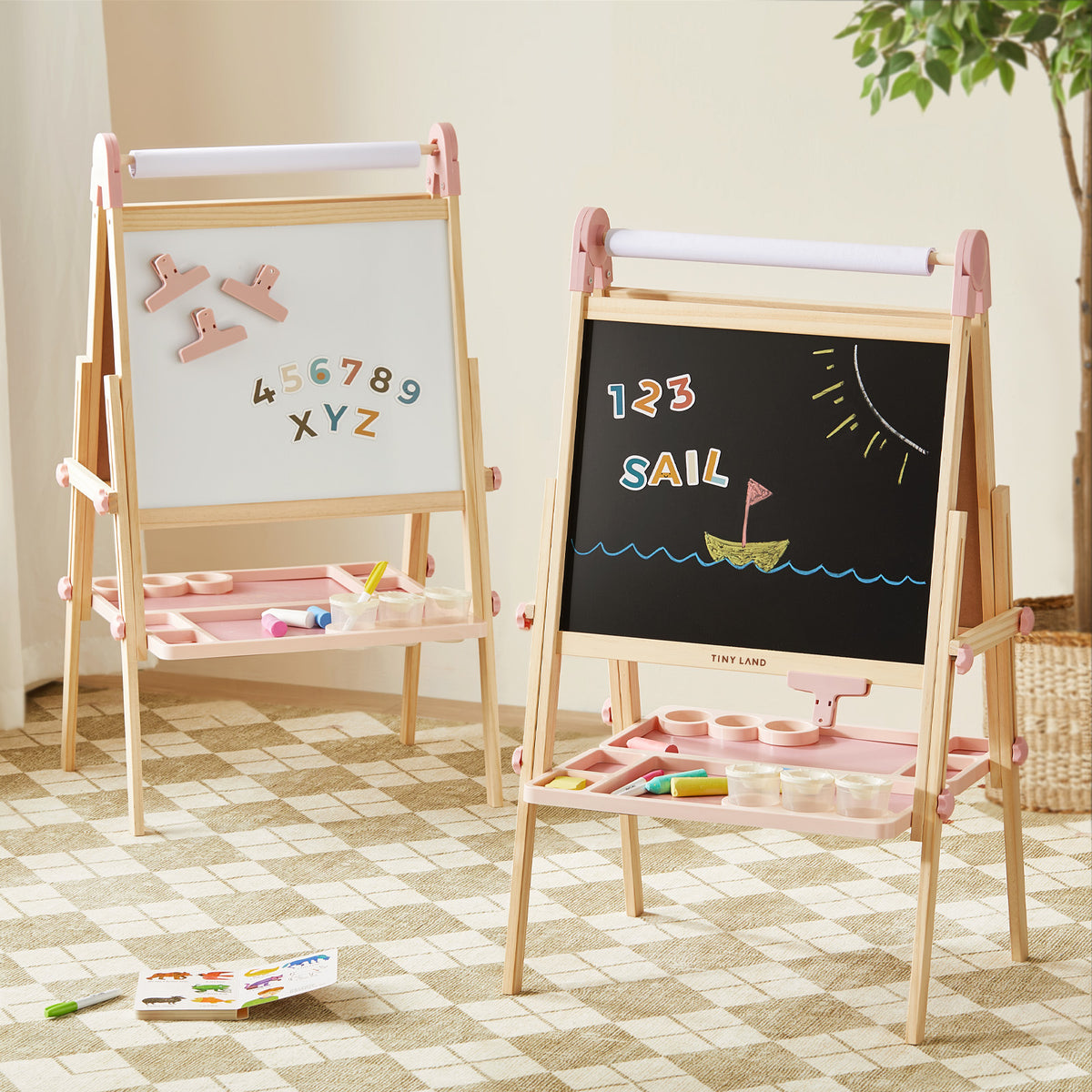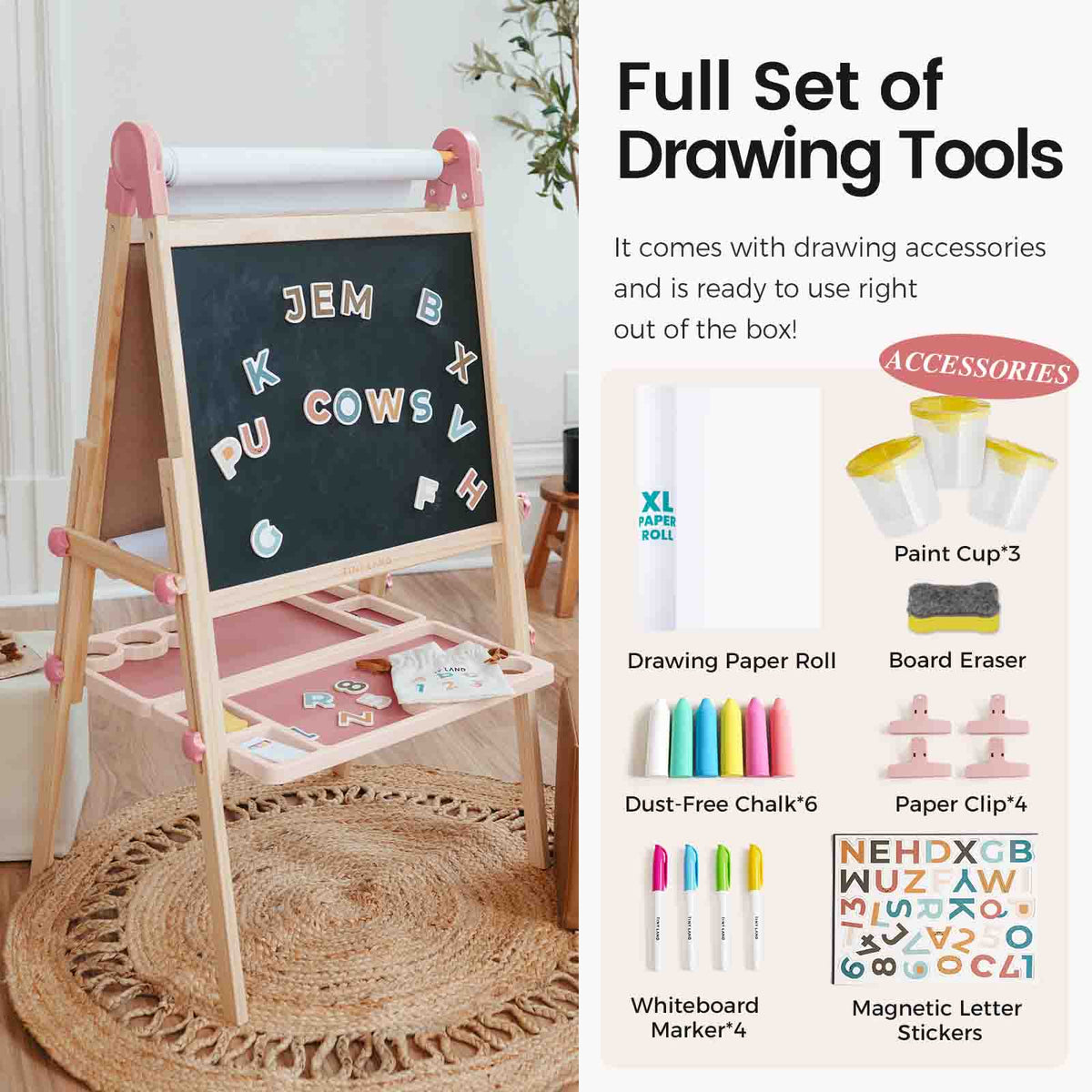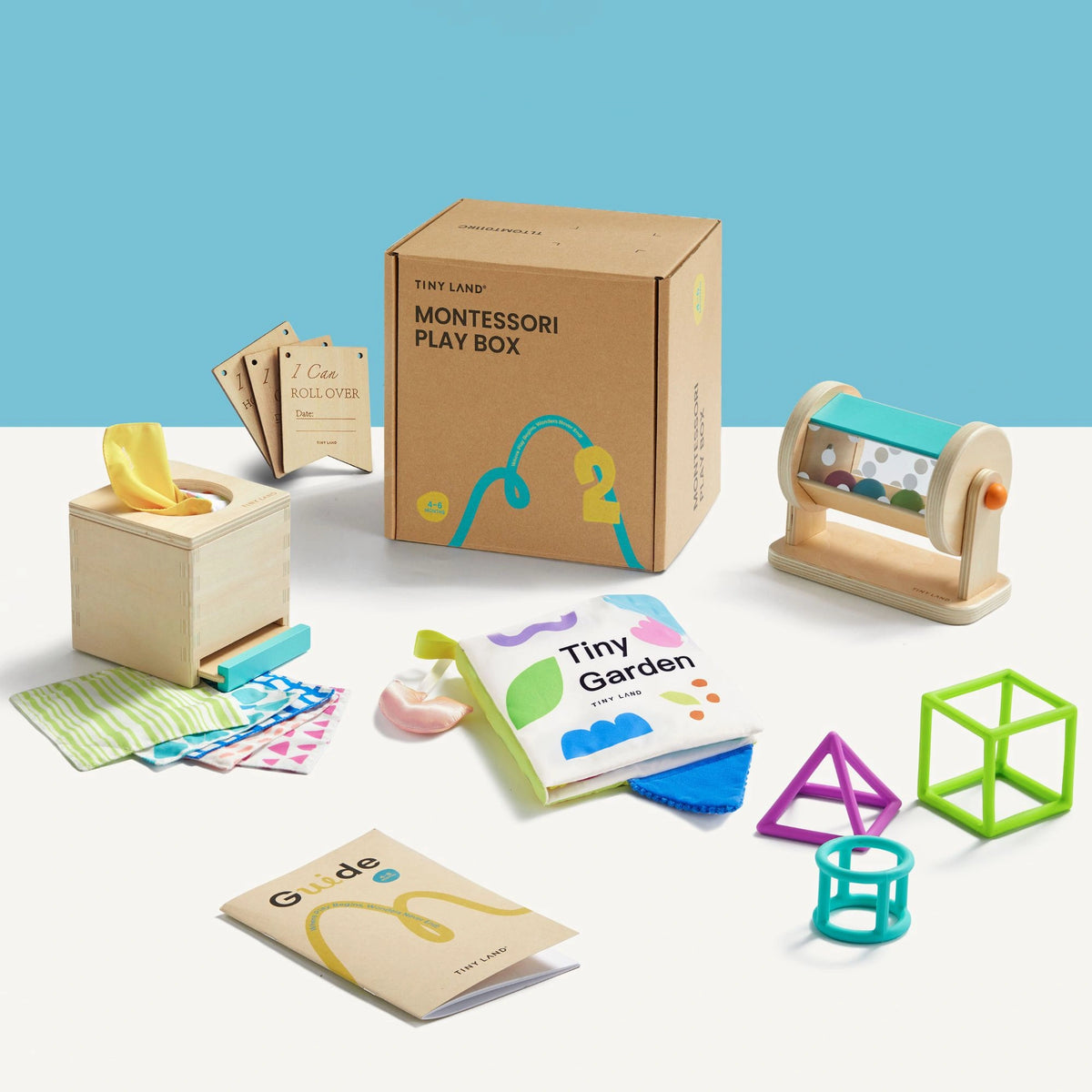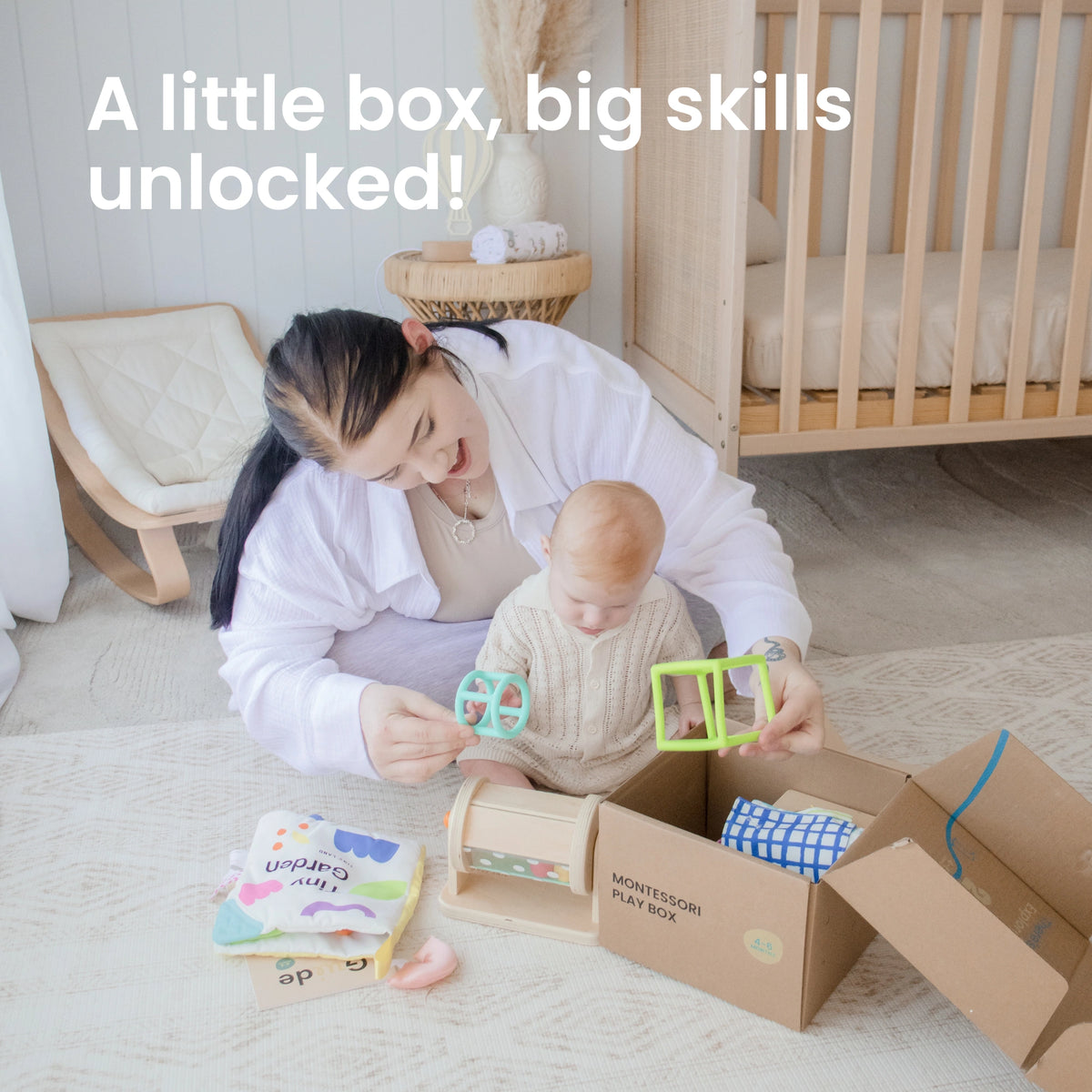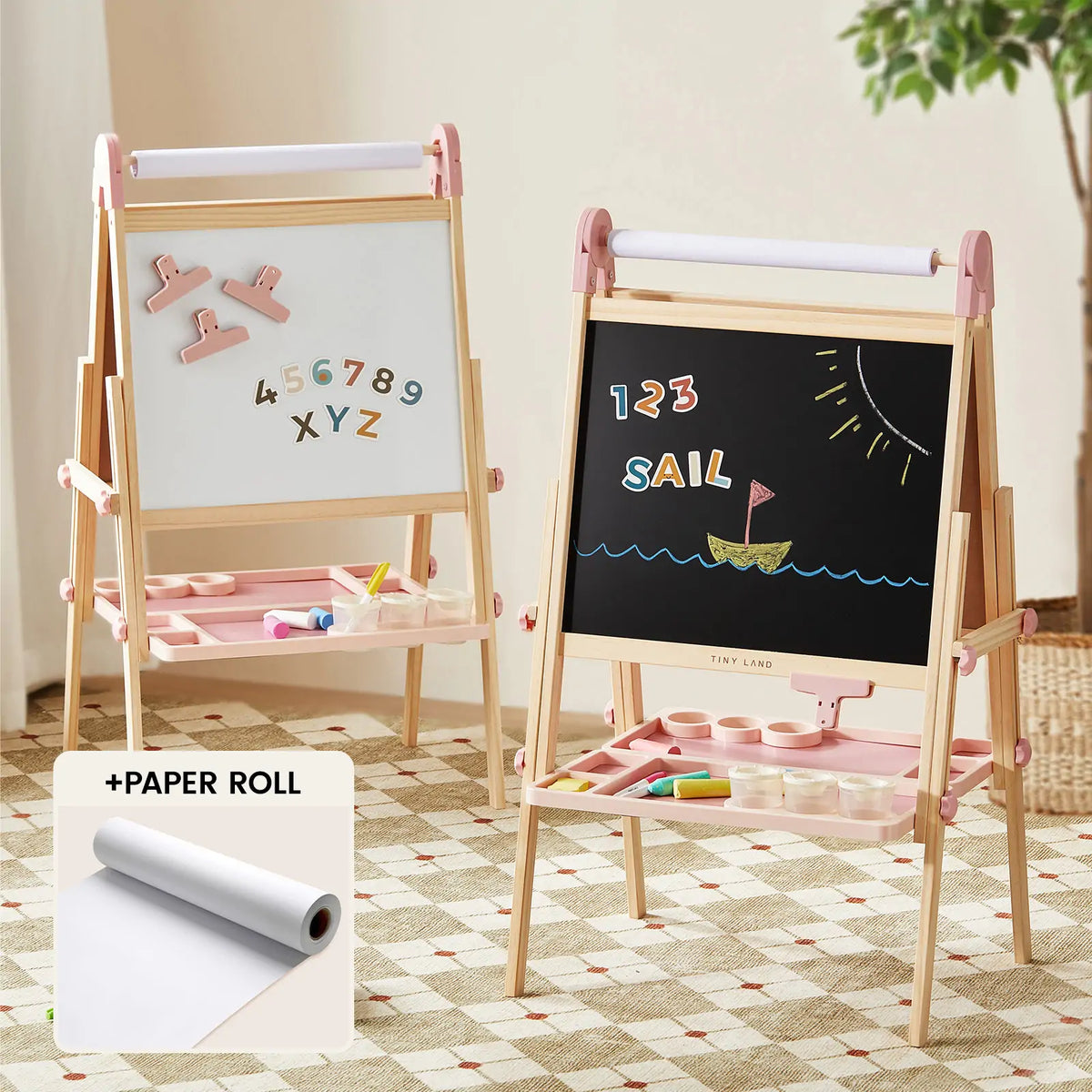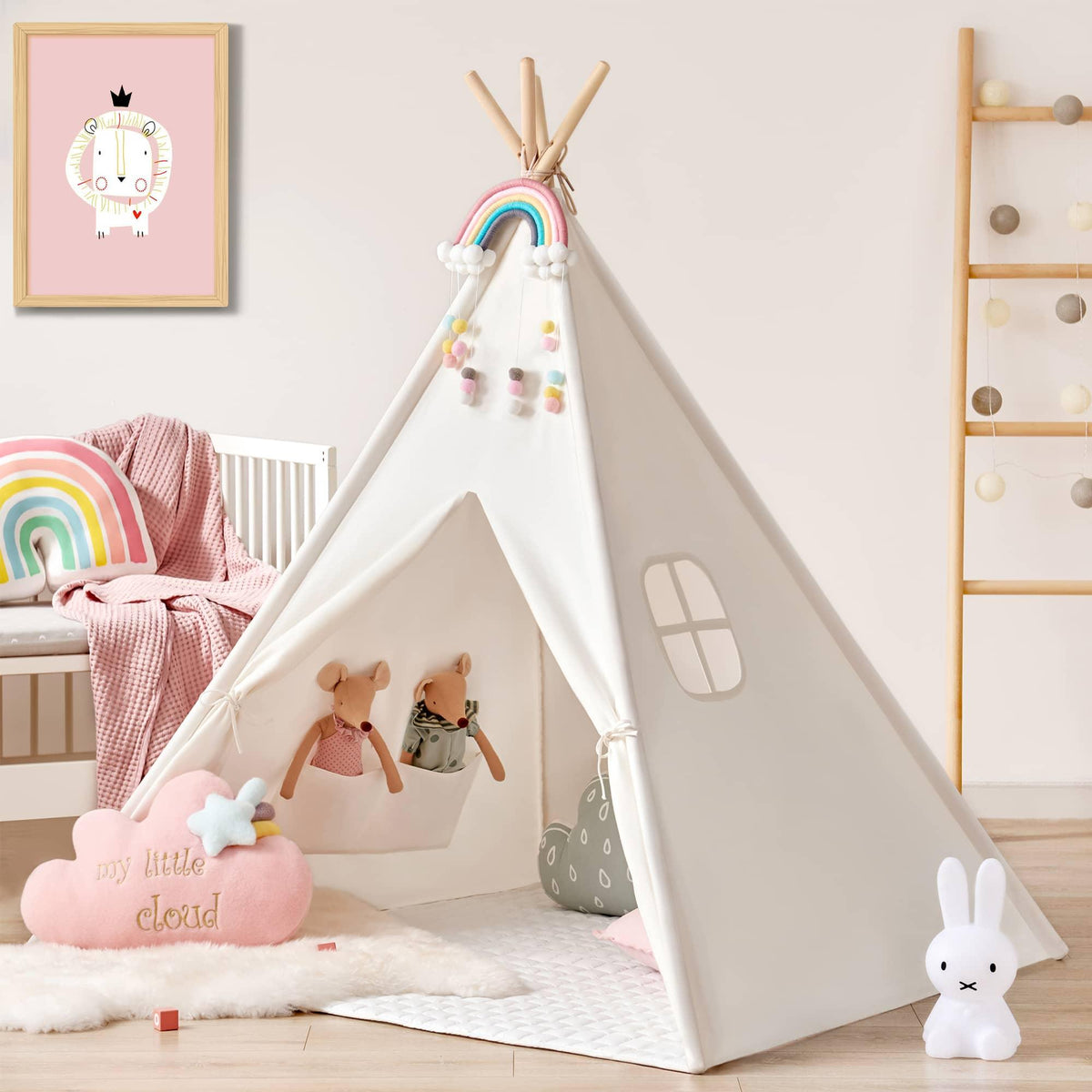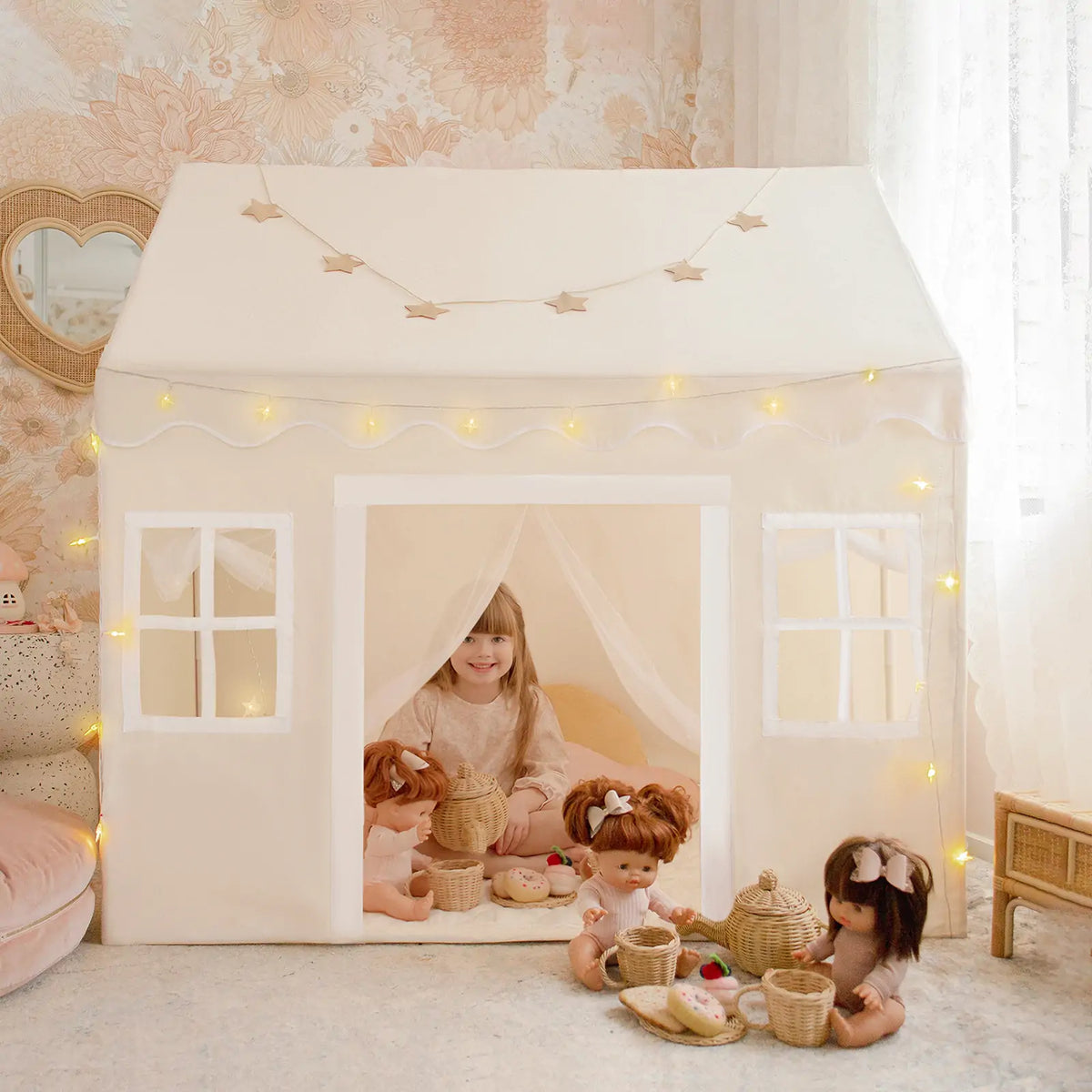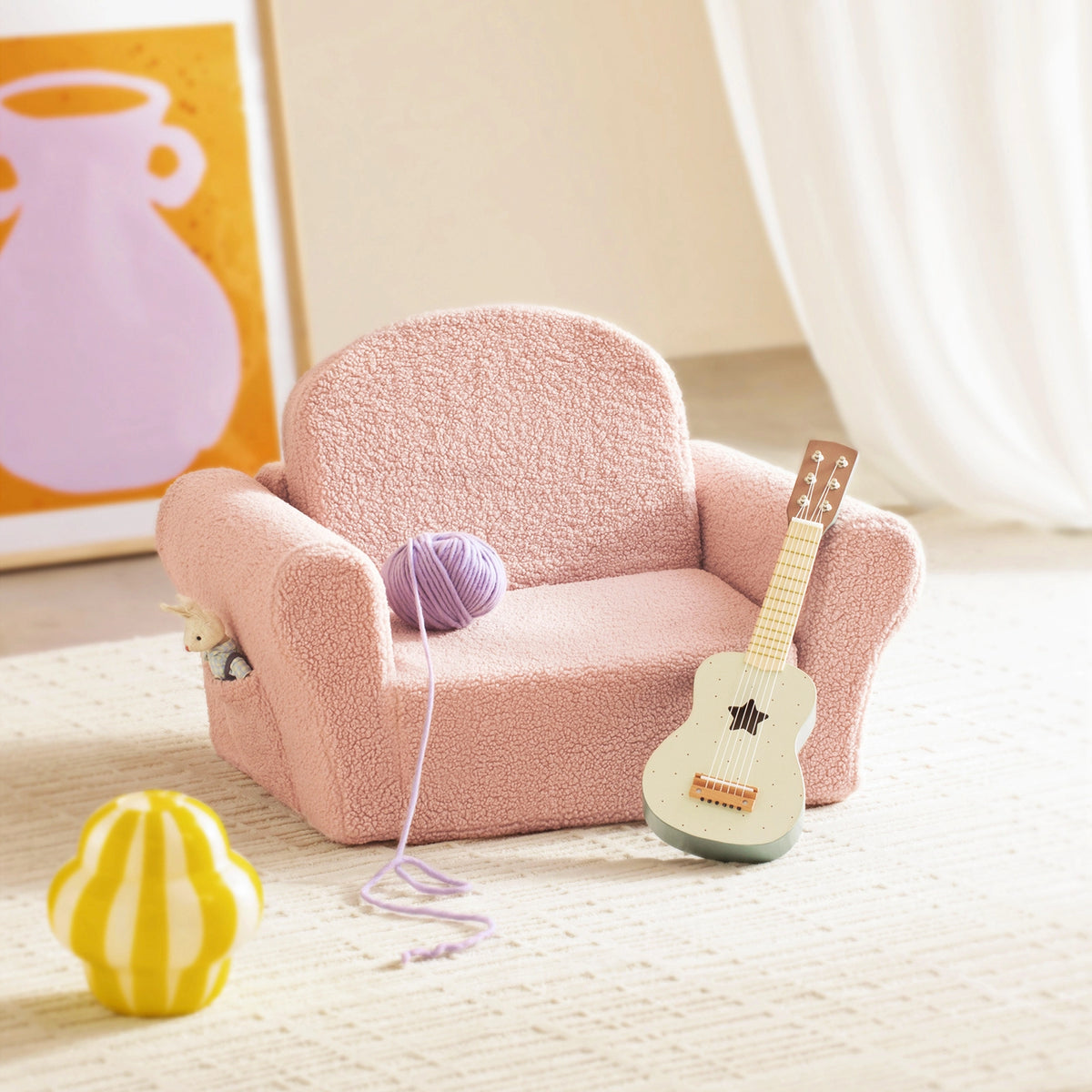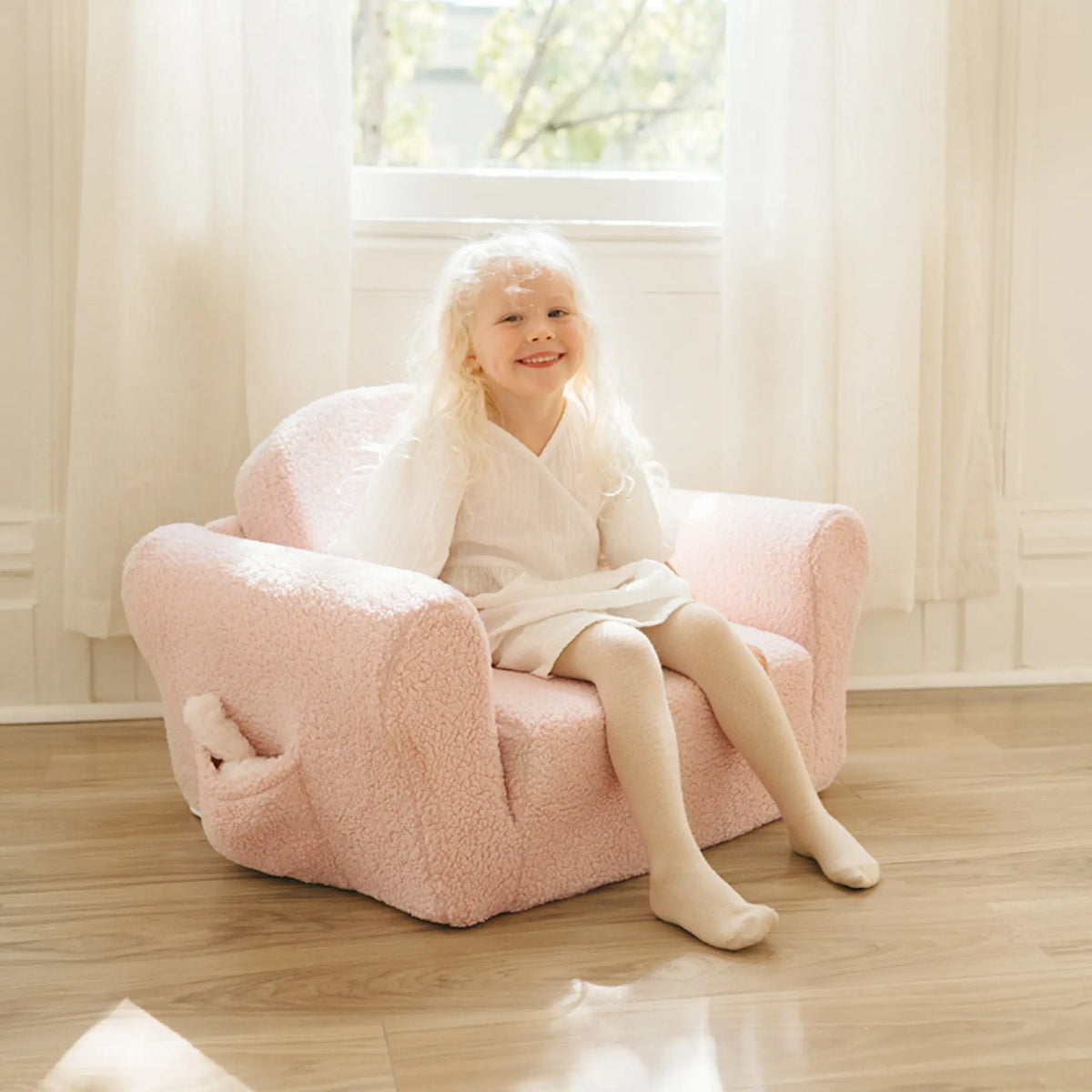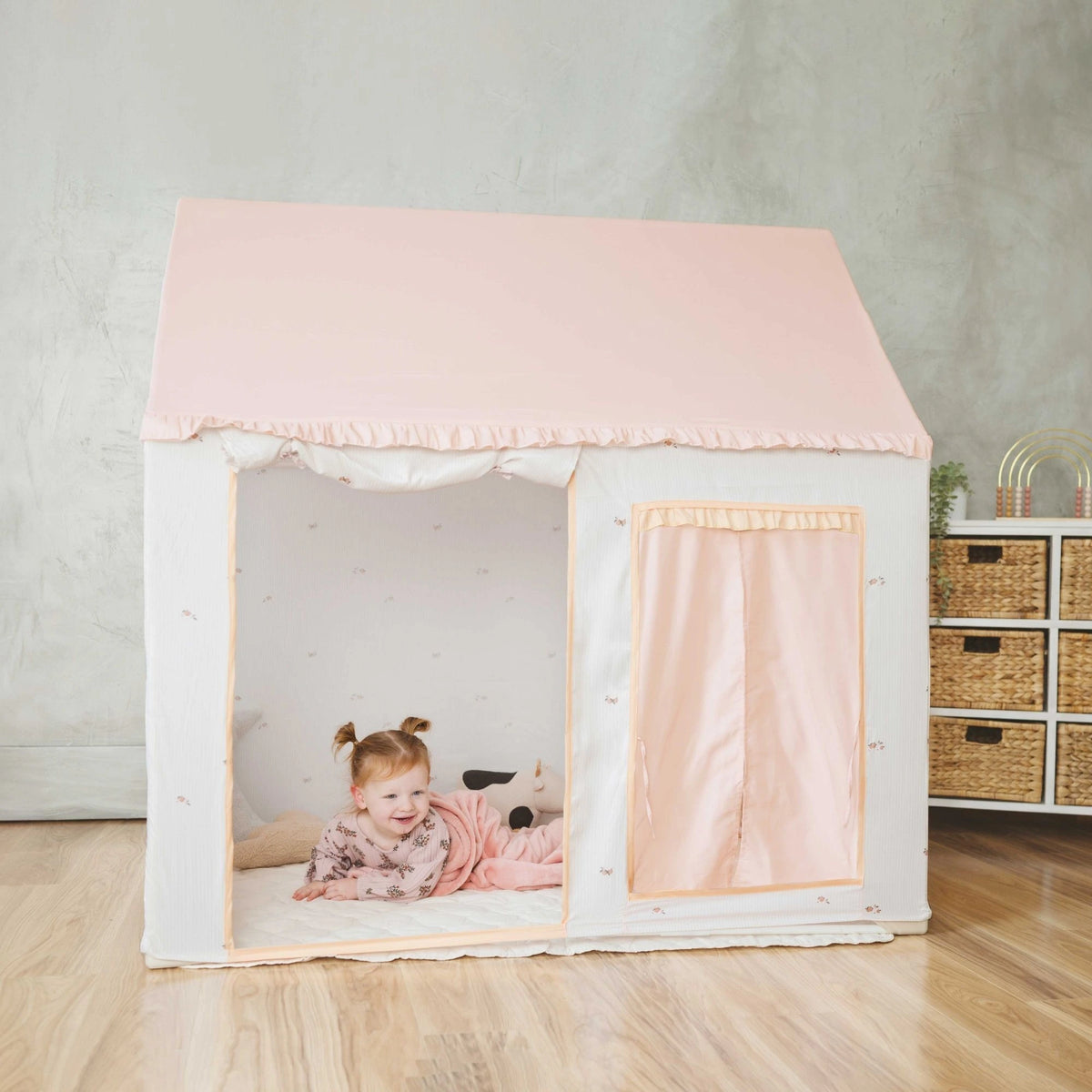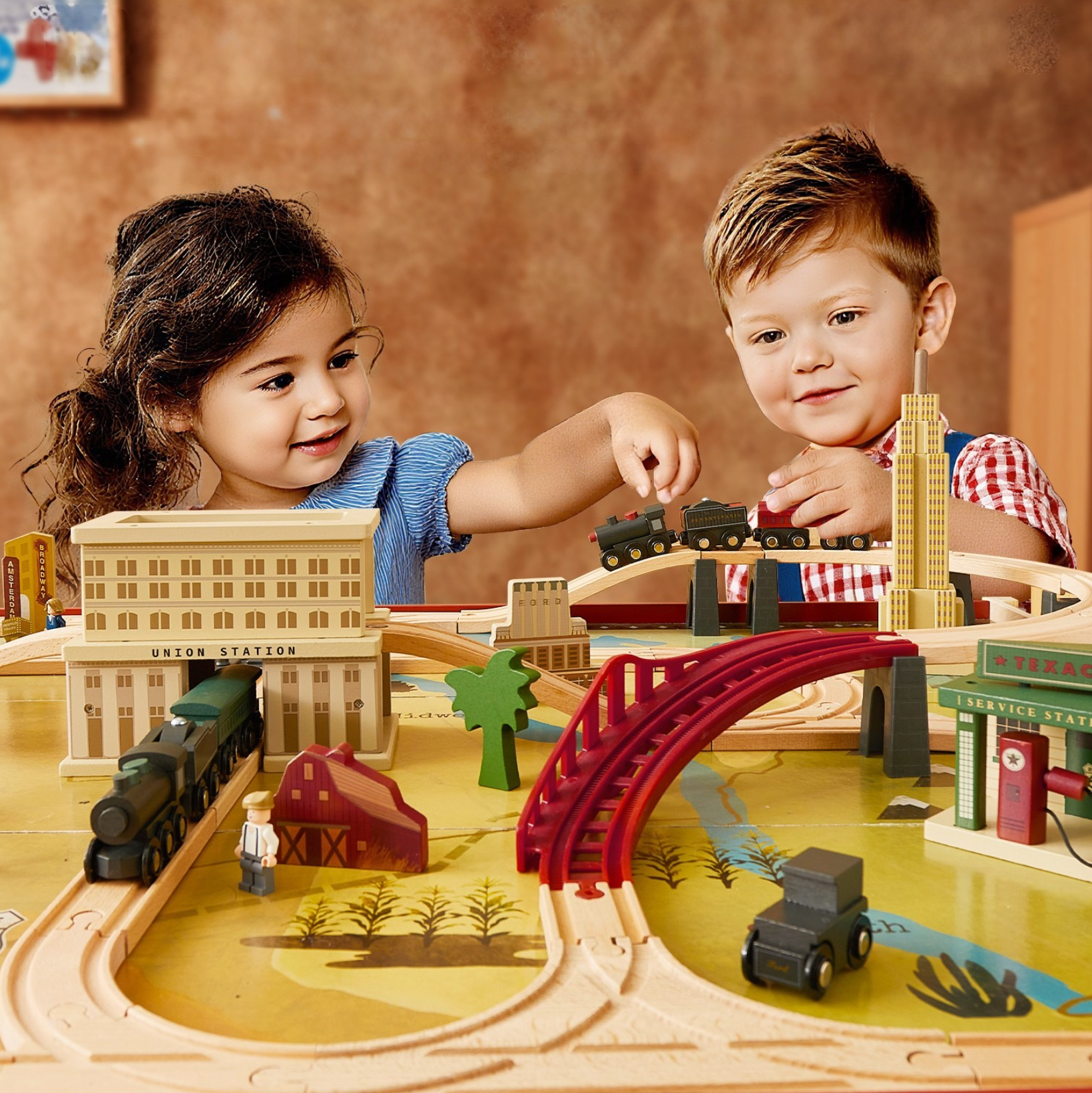Many parents have heard of sensory play and know it benefits children’s development. But when it comes to actually doing it, common challenges often arise:
- Not sure how to get started;
- Overwhelmed by the countless products on the market;
- Worried about buying toys that aren’t age-appropriate.
If any of these sound familiar, this Tiny Land article will give you clear guidance.
The Value of Sensory Play
Sensory exploration isn’t just “fun”—it helps children:
- Recognize and differentiate materials, colors, and sounds;
- Develop hand-eye coordination and fine motor skills;
- Stimulate creativity and focus;
- Learn to express emotions and improve social skills.
Sensory Exploration by Age
Research in developmental psychology and education consistently shows that sensory play is foundational for early cognitive growth. By touching, listening, observing, and manipulating, children gradually develop an understanding of cause and effect, classification, spatial awareness, and social interaction.
Choosing age-appropriate toys and supporting sensory development step by step helps parents lay the groundwork for early learning and social skills.
0–24 Months: Gradual Sensory Training
0–3 months: Visual focus is developing, sensitive to high-contrast patterns; auditory sensitivity to sounds increases. Recommended: black-and-white cards, rattles.
4–6 months: Developing grasping skills and oral exploration. Recommended: textured teething toys, beginner Montessori sensory boxes (sound boxes).
7–12 months: Hand-eye coordination improves; interest in cause-and-effect. Recommended: stacking cups, shape-sorting boxes, Montessori cylinders.
13–24 months: Emerging classification and imitation skills; beginning symbolic play.
Recommended: Montessori color boards, texture fabric bags, activity cube.
These toys and materials help children gradually develop tactile, visual, auditory, and fine motor skills, laying a foundation for future learning and social interaction.
3+ Years: One Toy, Growing Fun
As children enter the preschool years, their exploration shifts from sensory input to active creation. At this stage, a versatile, growth-oriented toy can accompany children through different ages and play styles.
Tiny Land Picks
Indoor Play kitchen: Controlled & Creative Sensory Exploration
Indoor kitchens, especially those with water features, let kids safely experiment with textures, colors, and materials right inside the house.
Use homemade ingredients like colored rice, pasta, or flour to mix different textures, colors, smells, and temperatures. Mix, match, and explore materials—observe, try, and adjust!

Outdoor Play Kitchen: Messy Fun & Wild Sensory Exploration
An outdoor kitchen provides a safe space for messier experiments under the guidance and companionship of parents. Kids can play freely without worrying about making a mess at home.
Use sand as “dough,” leaves as “vegetables,” and water to “cook soup,” experiencing natural textures, shapes, and scents.
Indoor and outdoor kitchens grow with your child, supporting sensory play, creative learning, and hands-on discovery at every stage. The toy truly becomes a companion for developmental growth.
Fun Experiments as Children Get a Little Older:
Water Volcano
Turn the kitchen sink into a volcano! Add water and food coloring, then create an eruption using a balloon or baking soda & vinegar.
Scientific Principle: Observe pressure changes and water flow, building cause-and-effect thinking and logical reasoning.
Advanced Play: Experiment with different material ratios to see how eruption height and flow speed change.
Giant Bubble Wand
Use an outdoor kitchen tray for bubble solution. Ask kids to make wands to blow giant bubbles on their own, optionally adding natural pigments.
Scientific Principle: Learn about surface tension and bubble formation while practicing hand-eye coordination.
Advanced Play: Make multiple bubbles to compare size, shape, and floating time.
Parent Guide: Choosing the Right Sensory Toys
When navigating a crowded market, consider three main criteria:
1. Safety: Non-toxic materials, safety certified.
2. Child-Friendly Design: Sturdy structure, rounded edges, age-appropriate features.
3. Open-Ended Play: Allows free exploration rather than single-purpose play.
A Reassuring Plan for Parents
No need to stress about “how to play” or “what to buy.” With safe, creative, and scientifically-backed sensory toys, you can easily help your child learn through play and grow through exploration.
Let’s make learning a daily adventure your child looks forward to!



